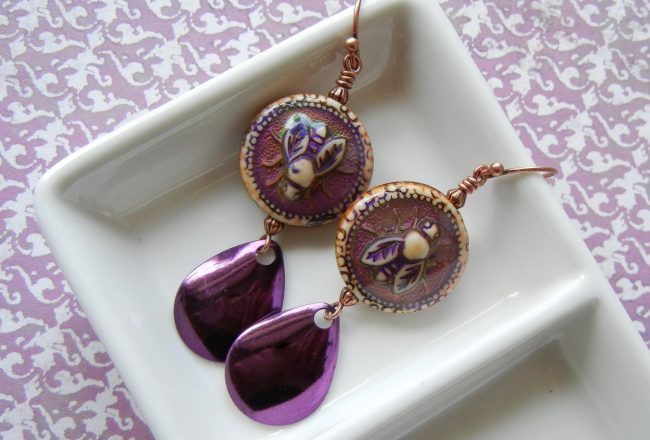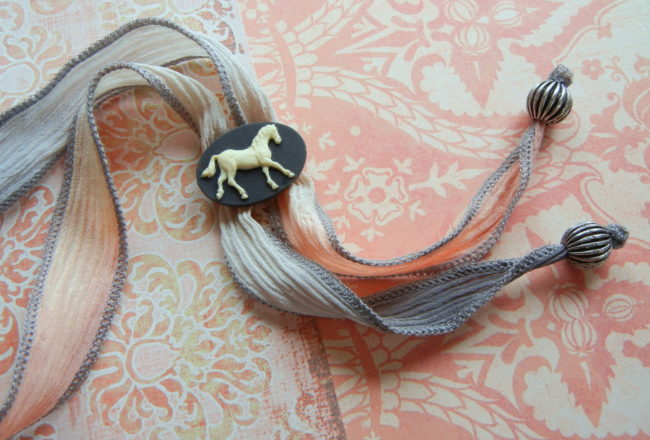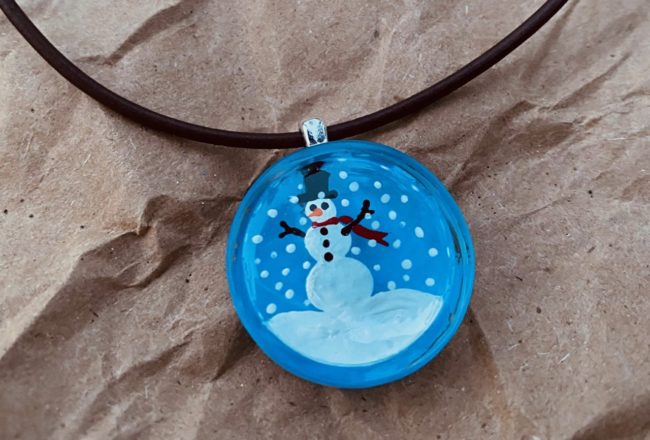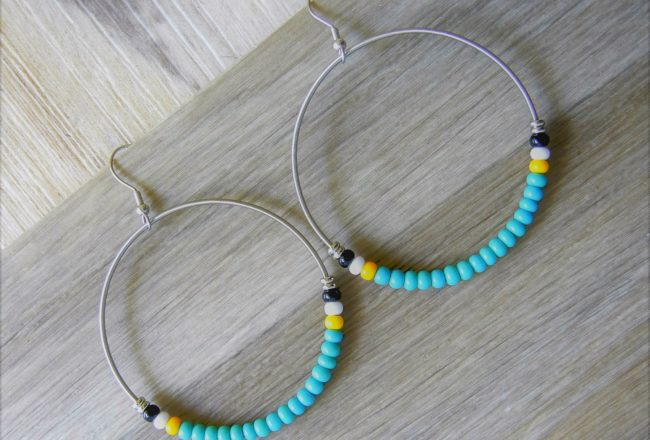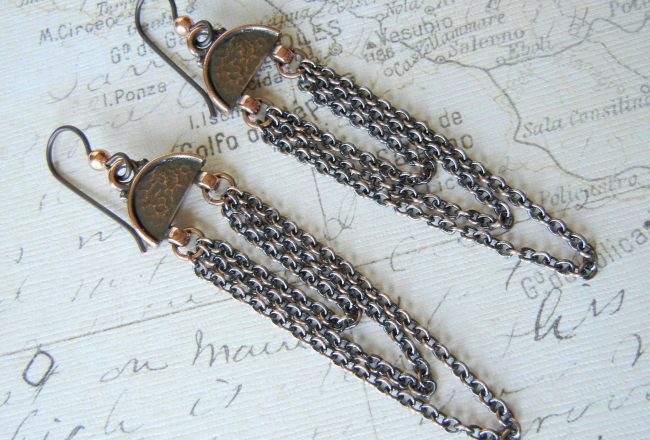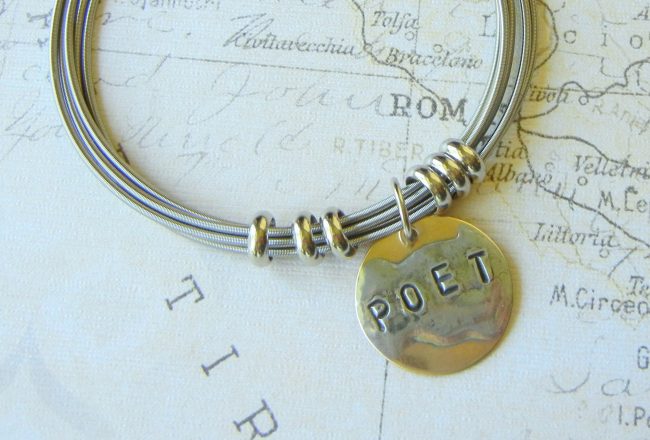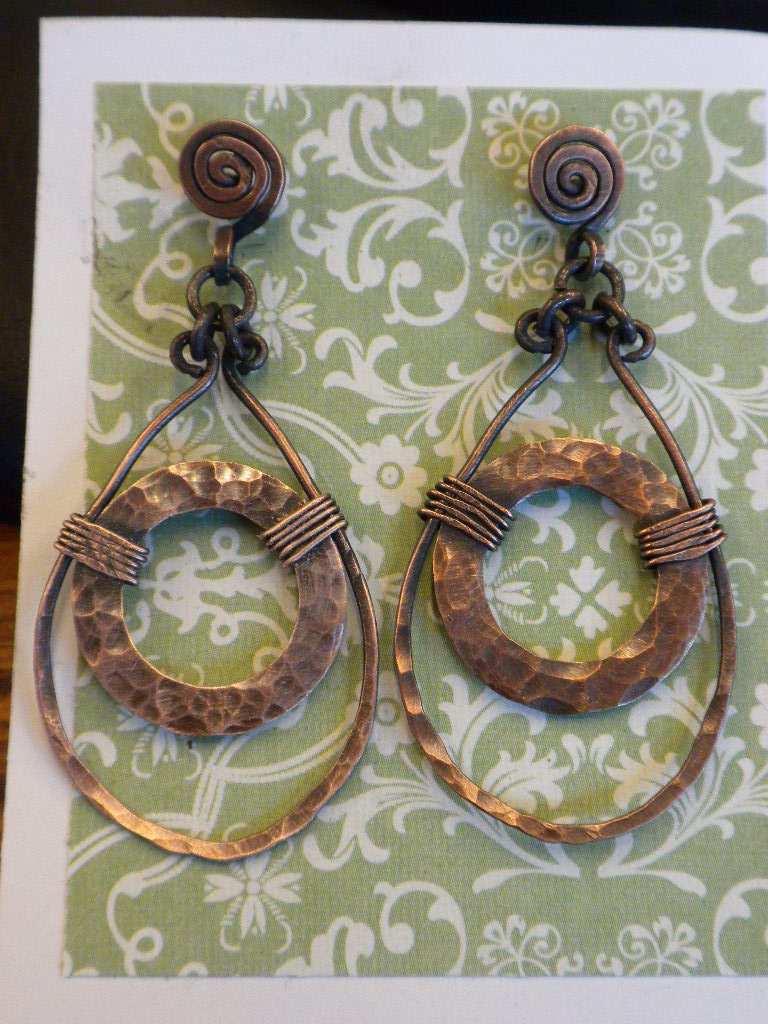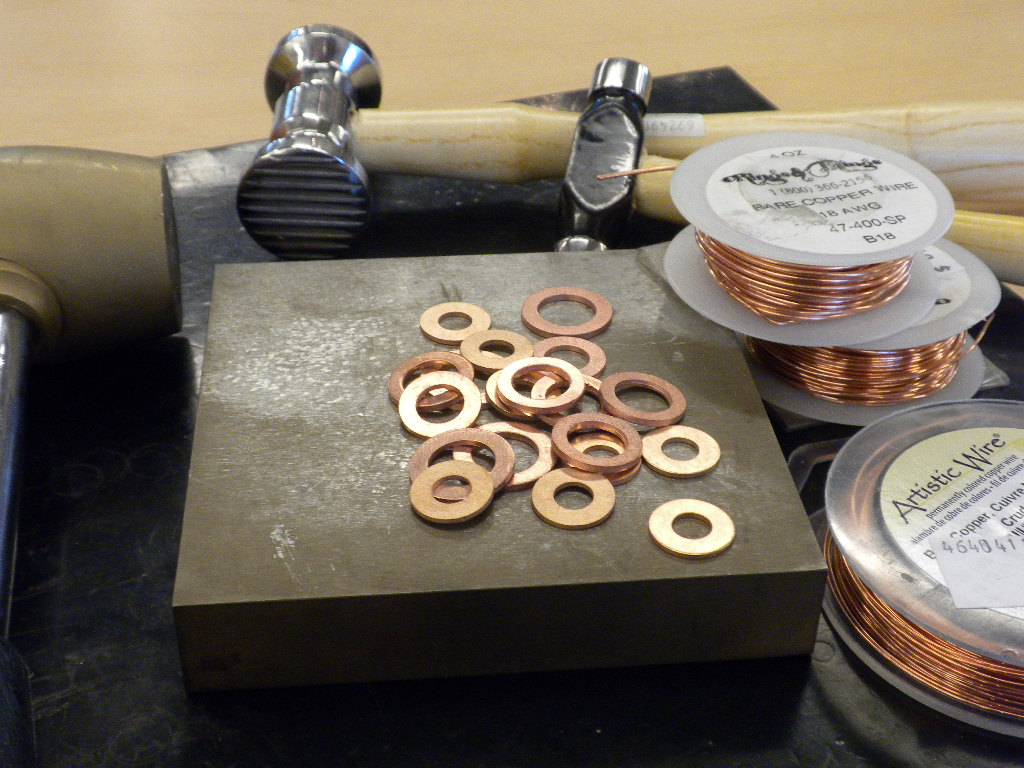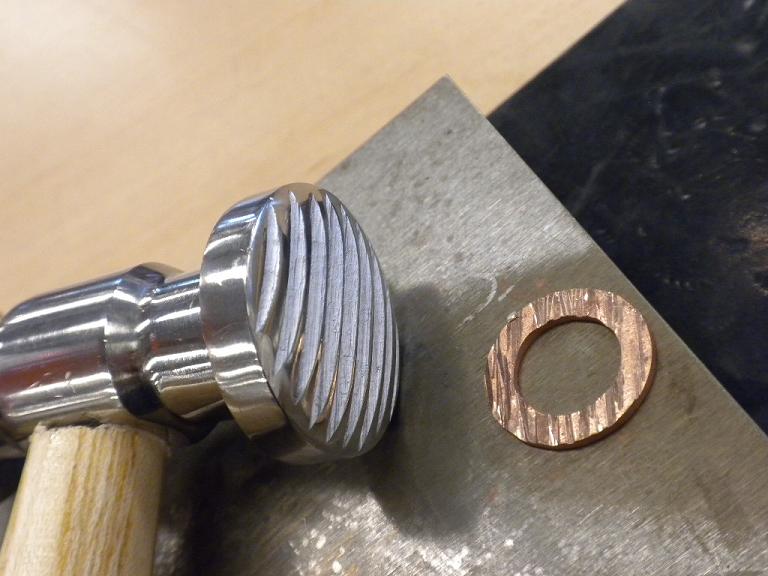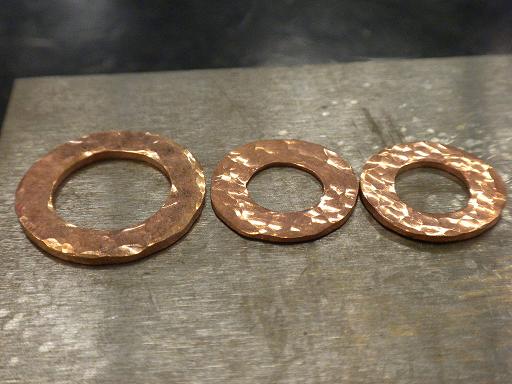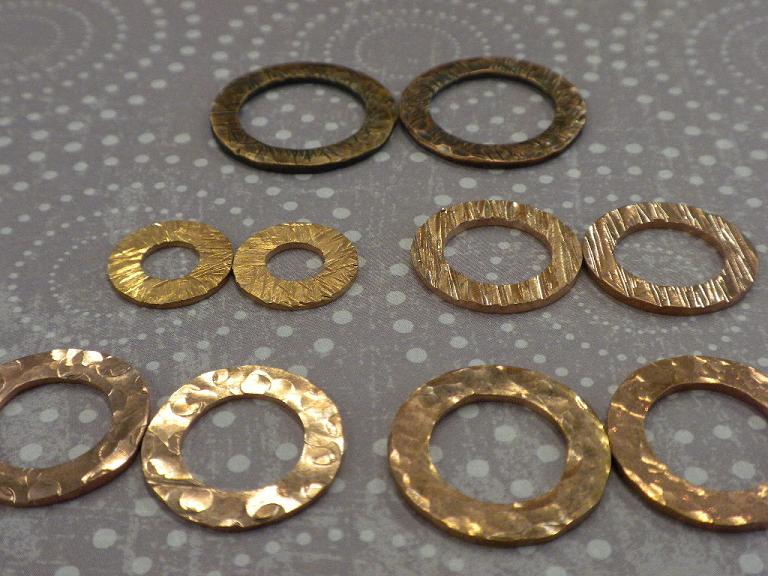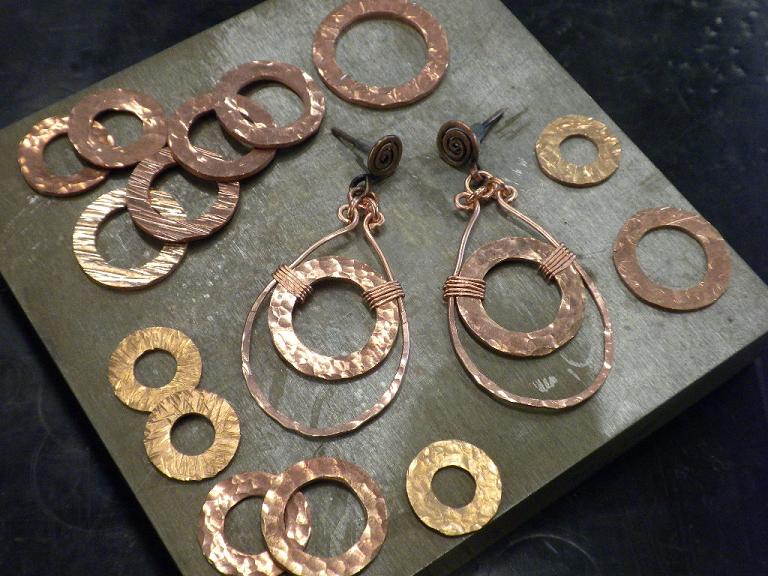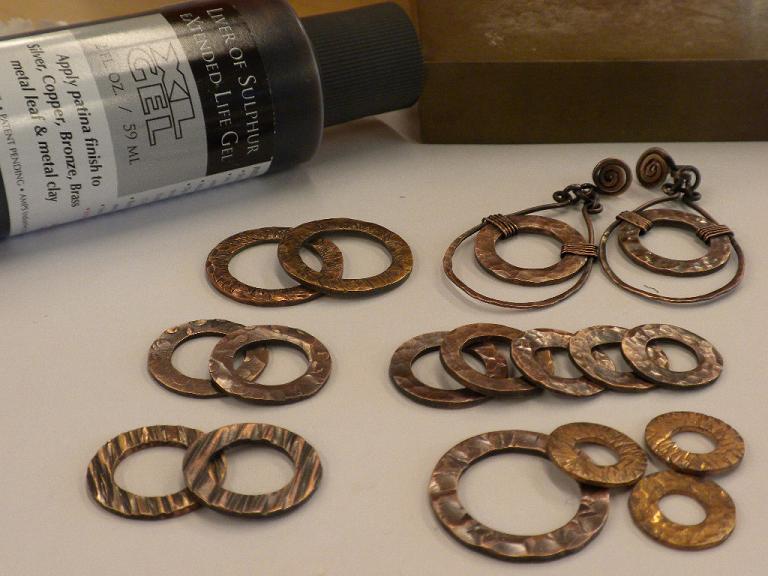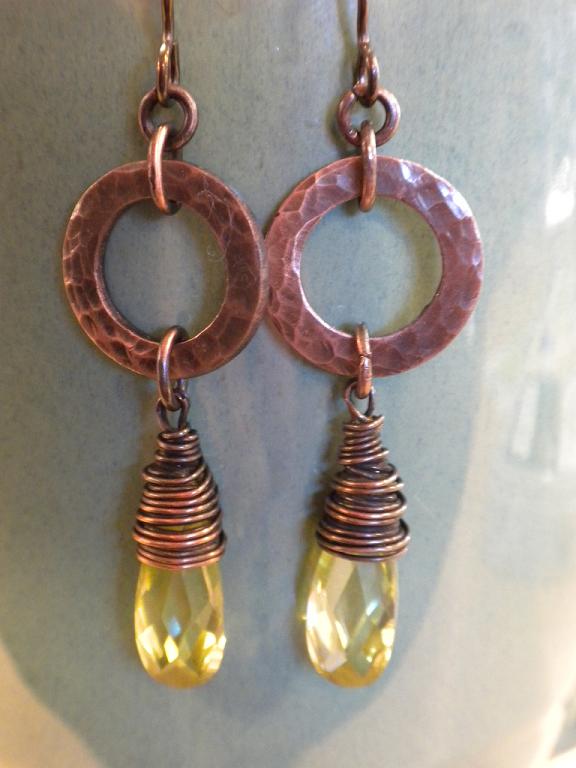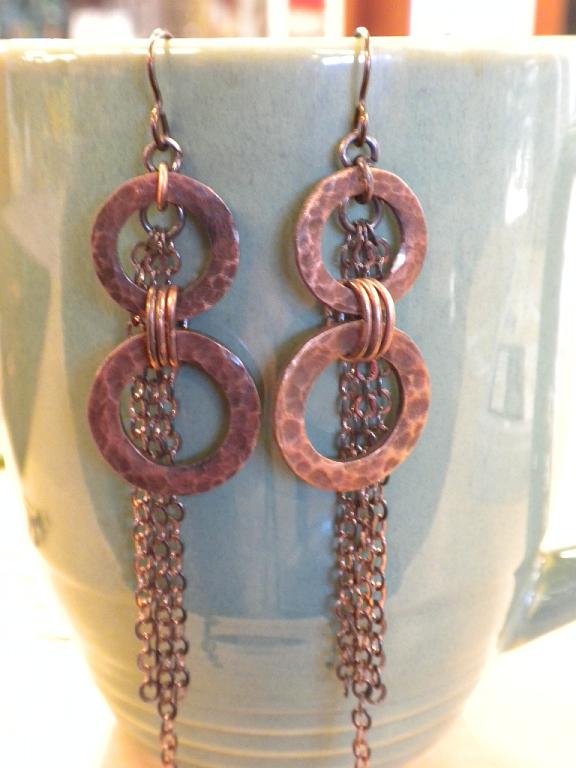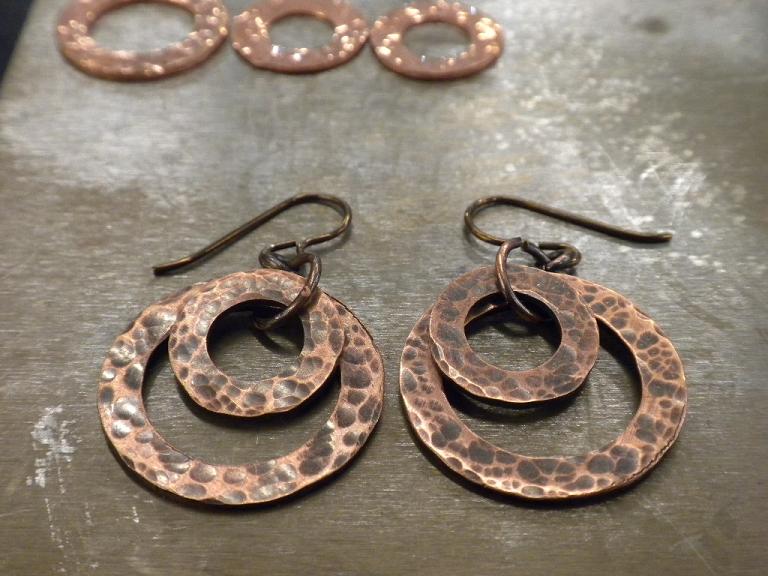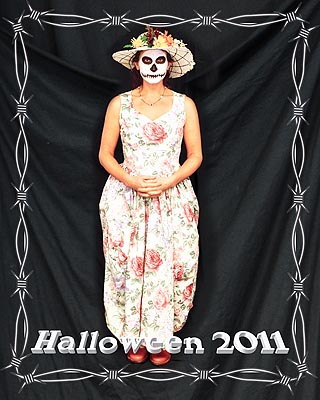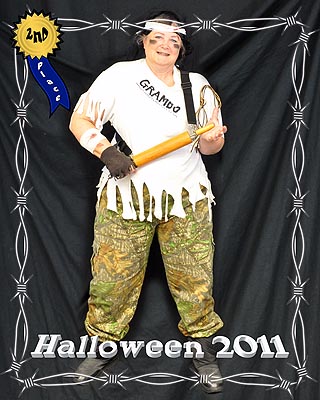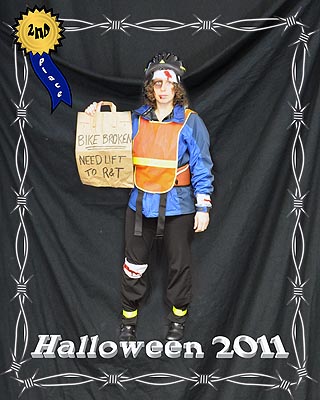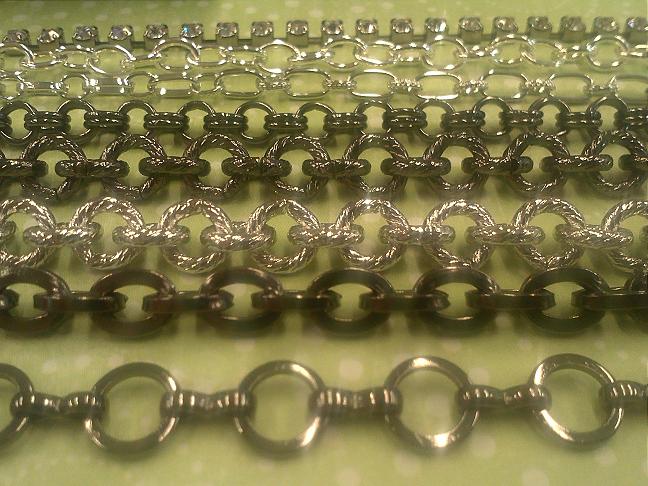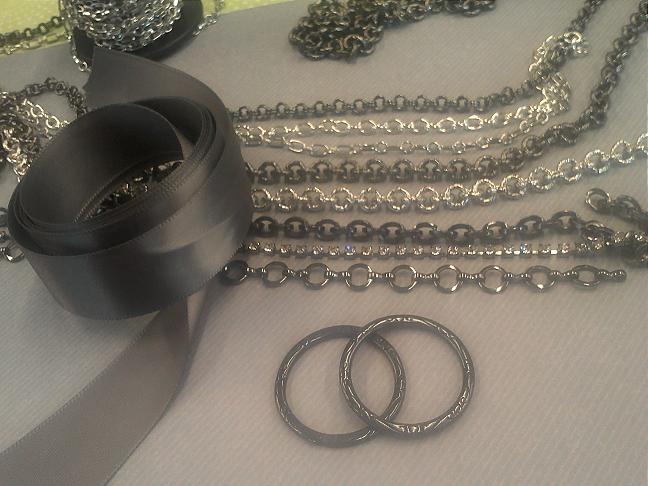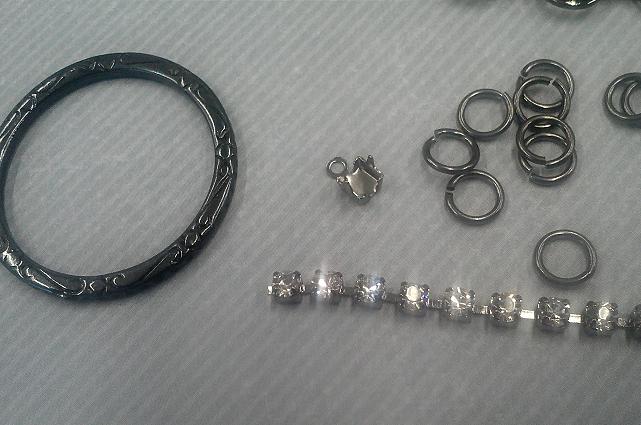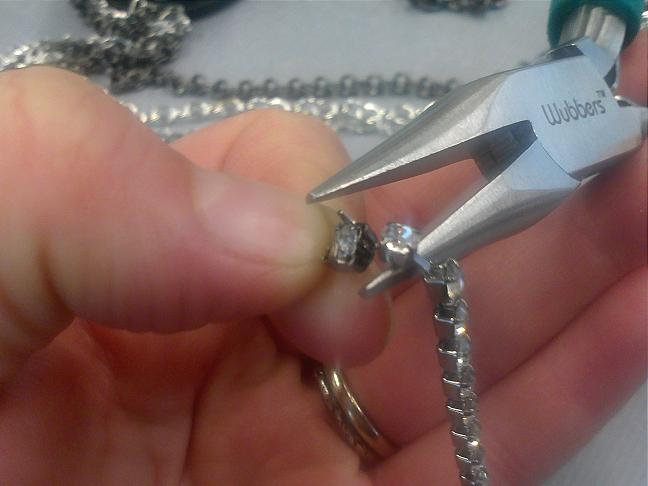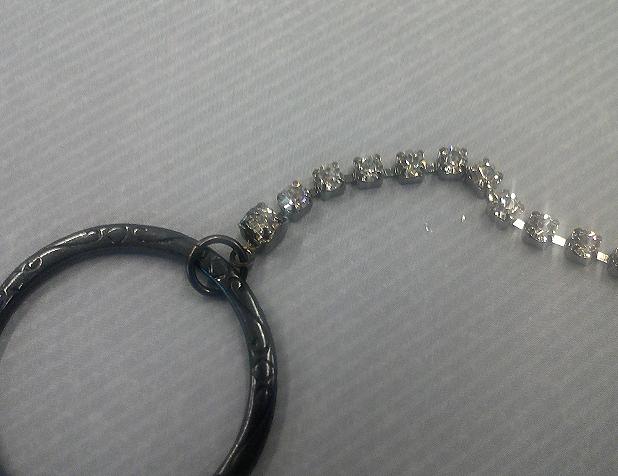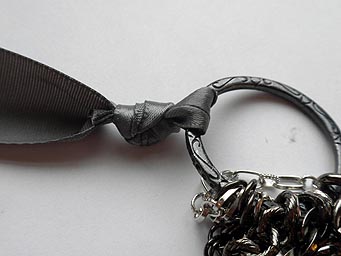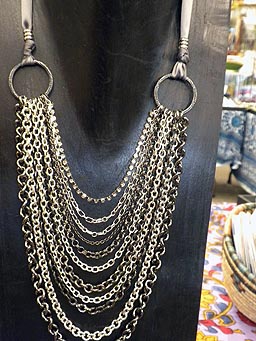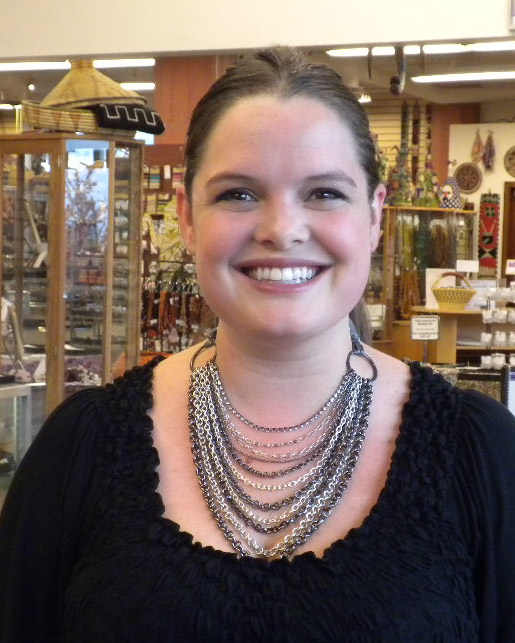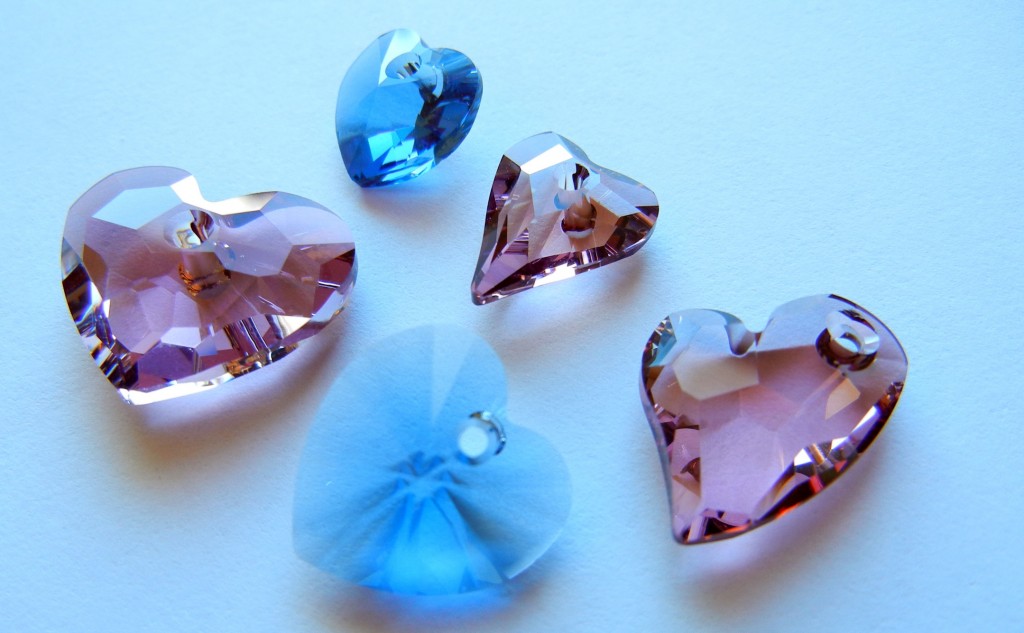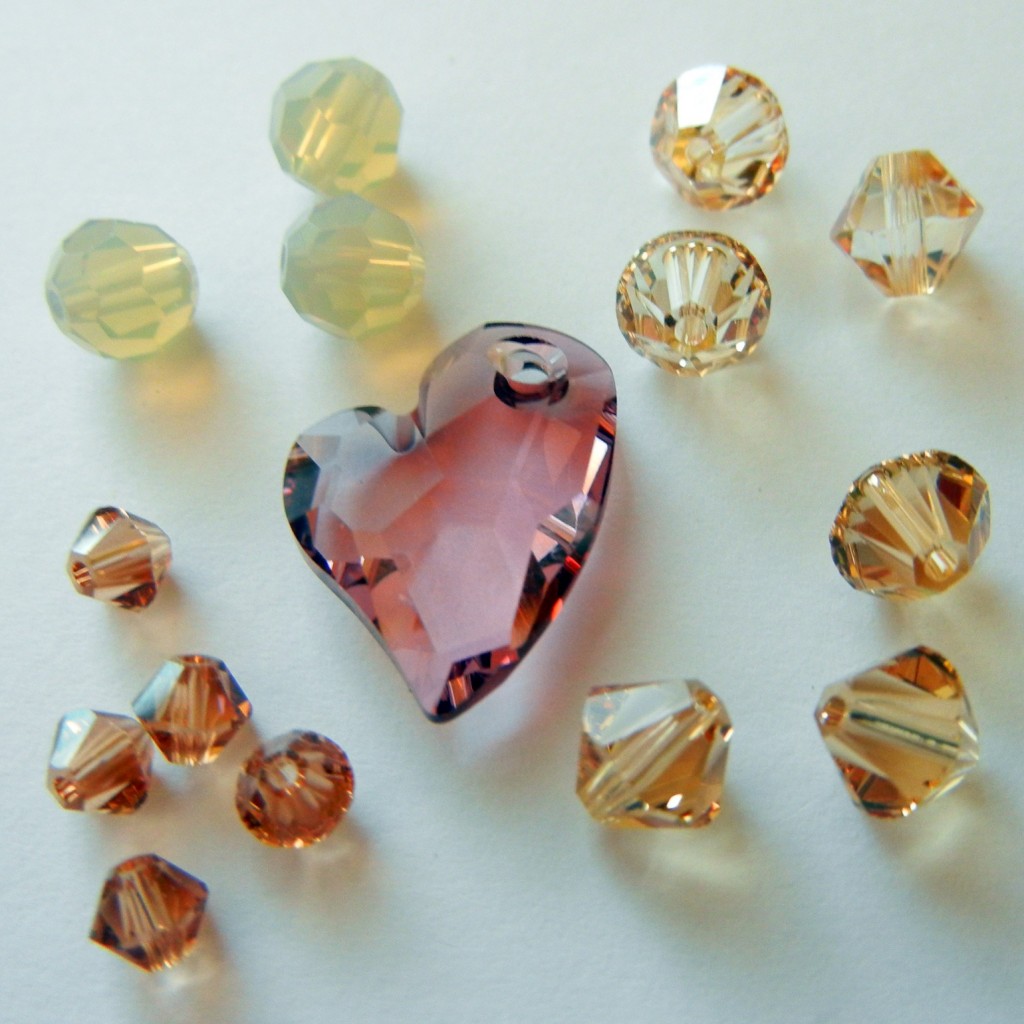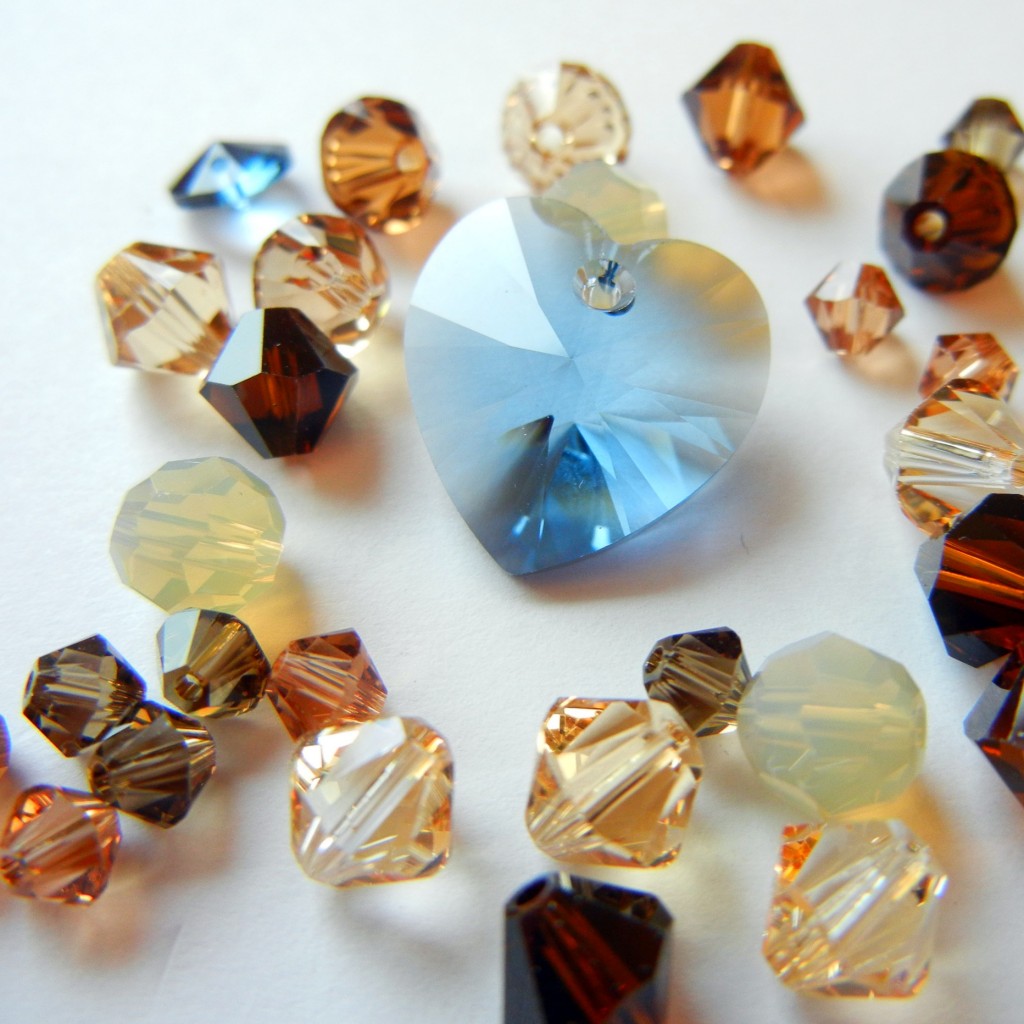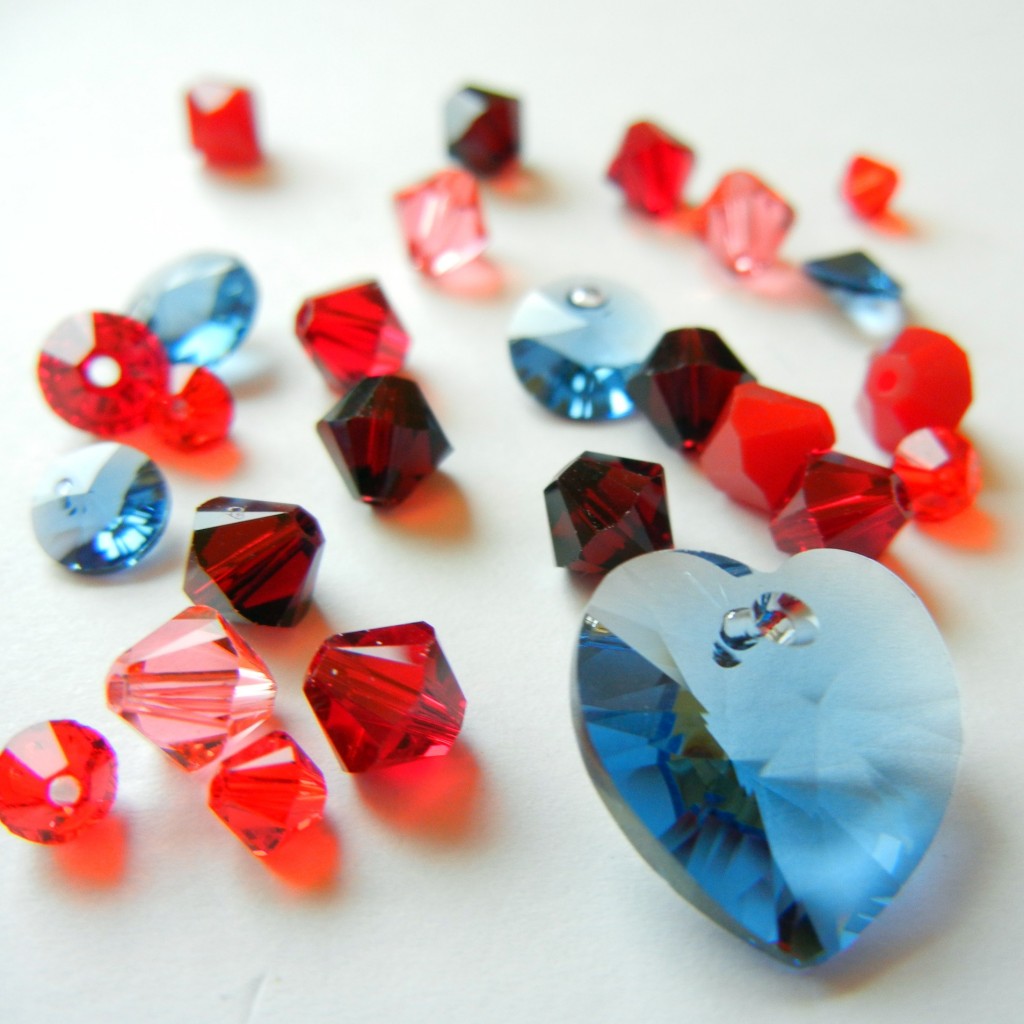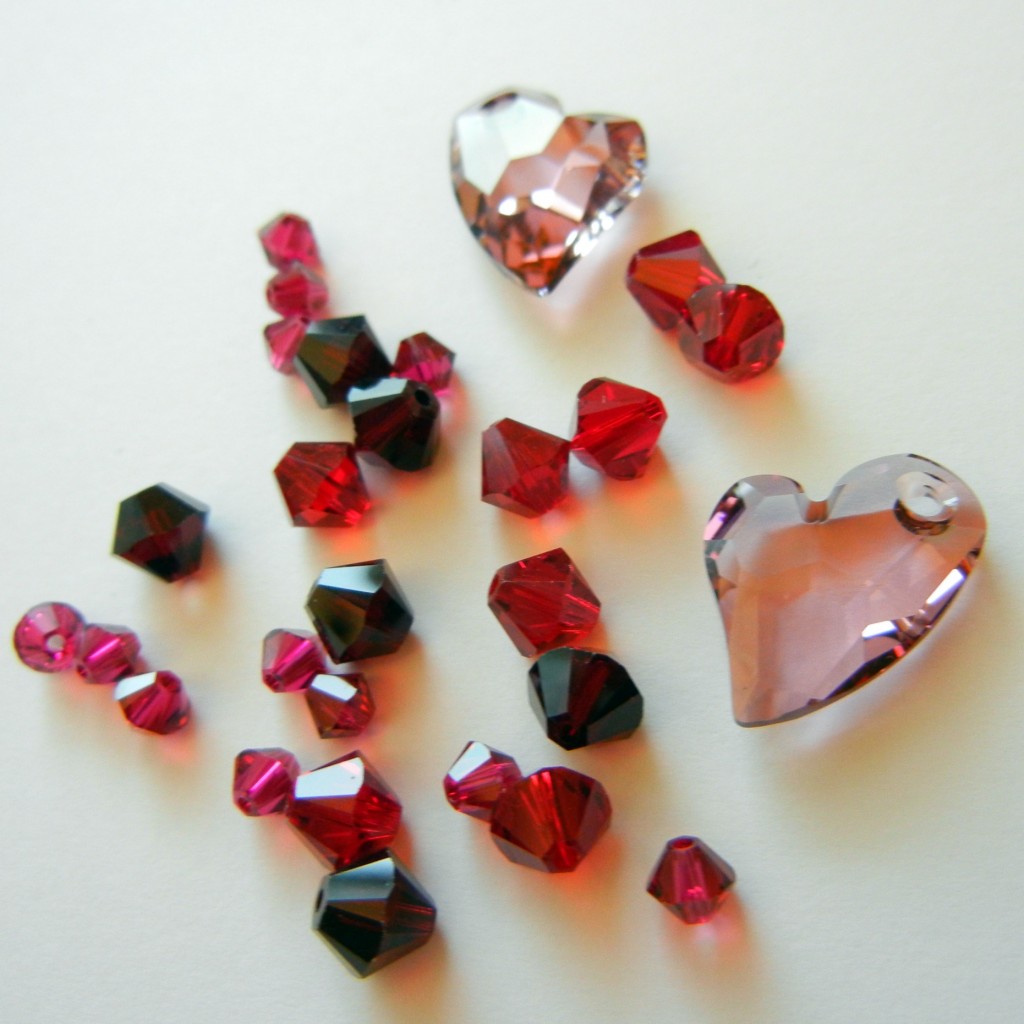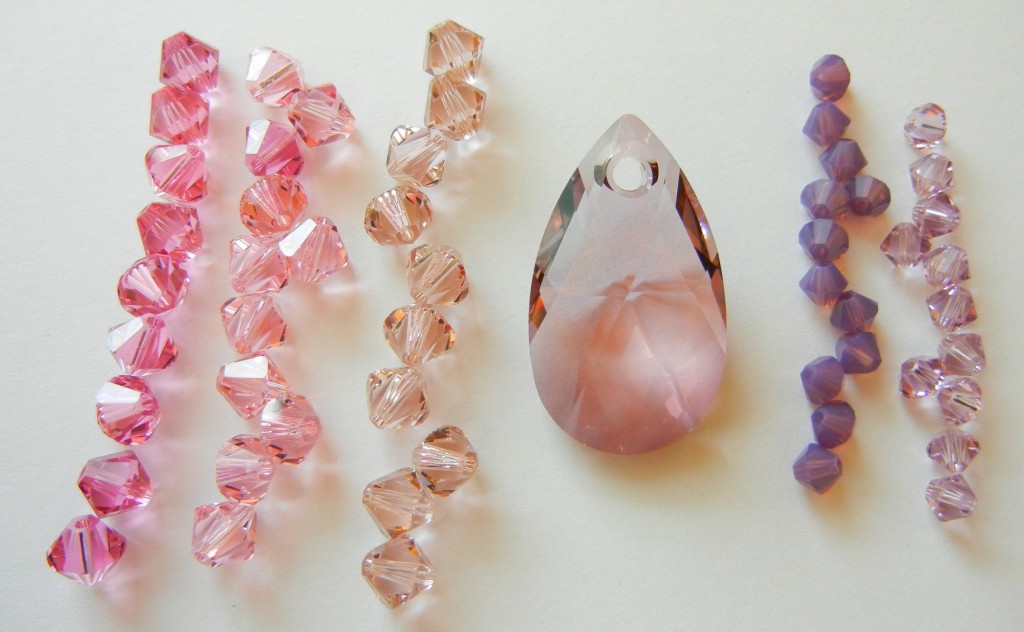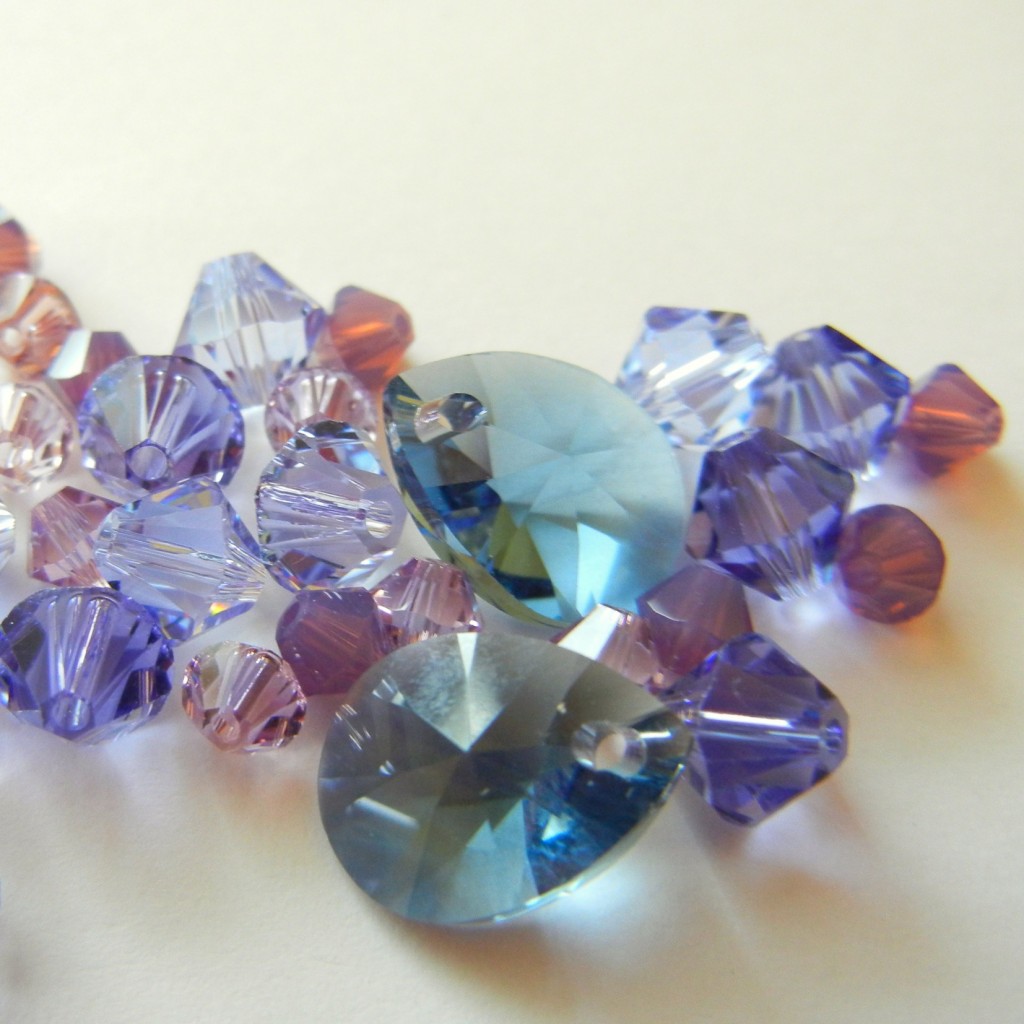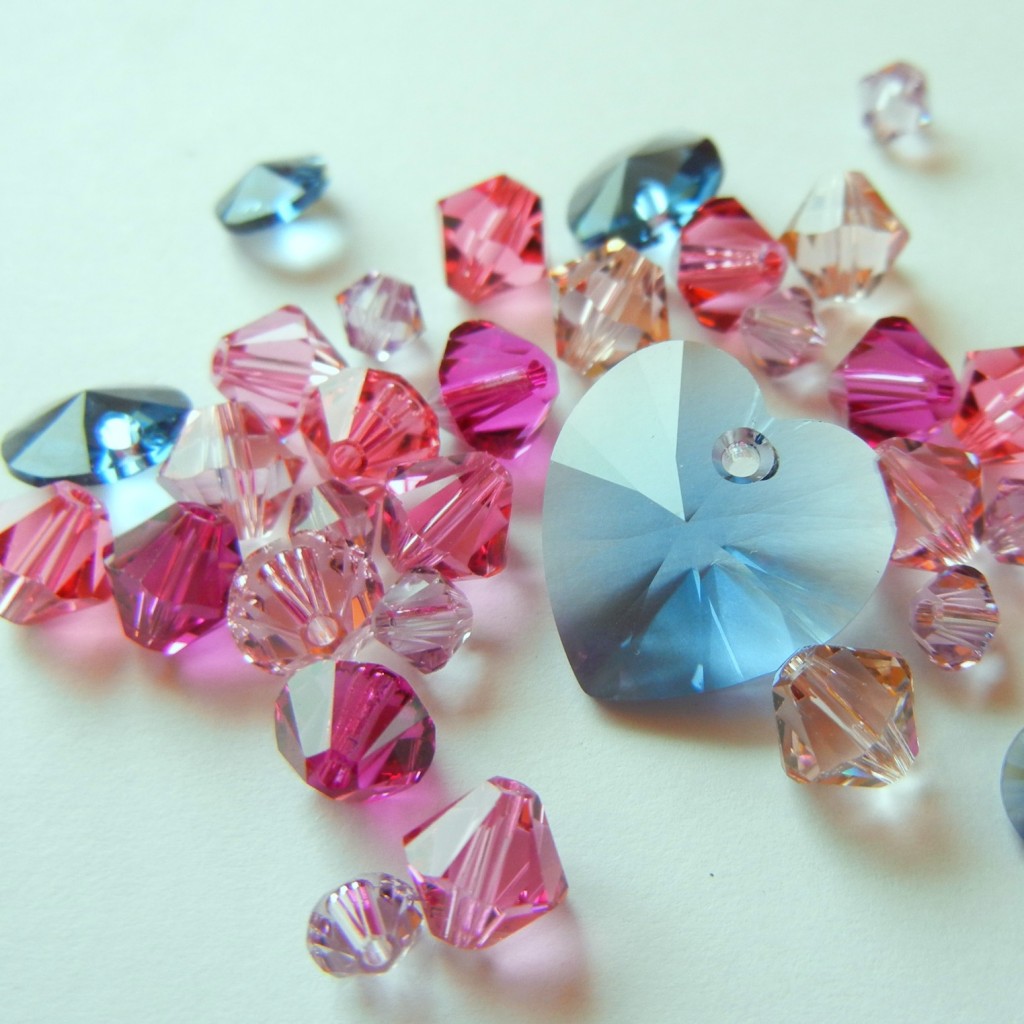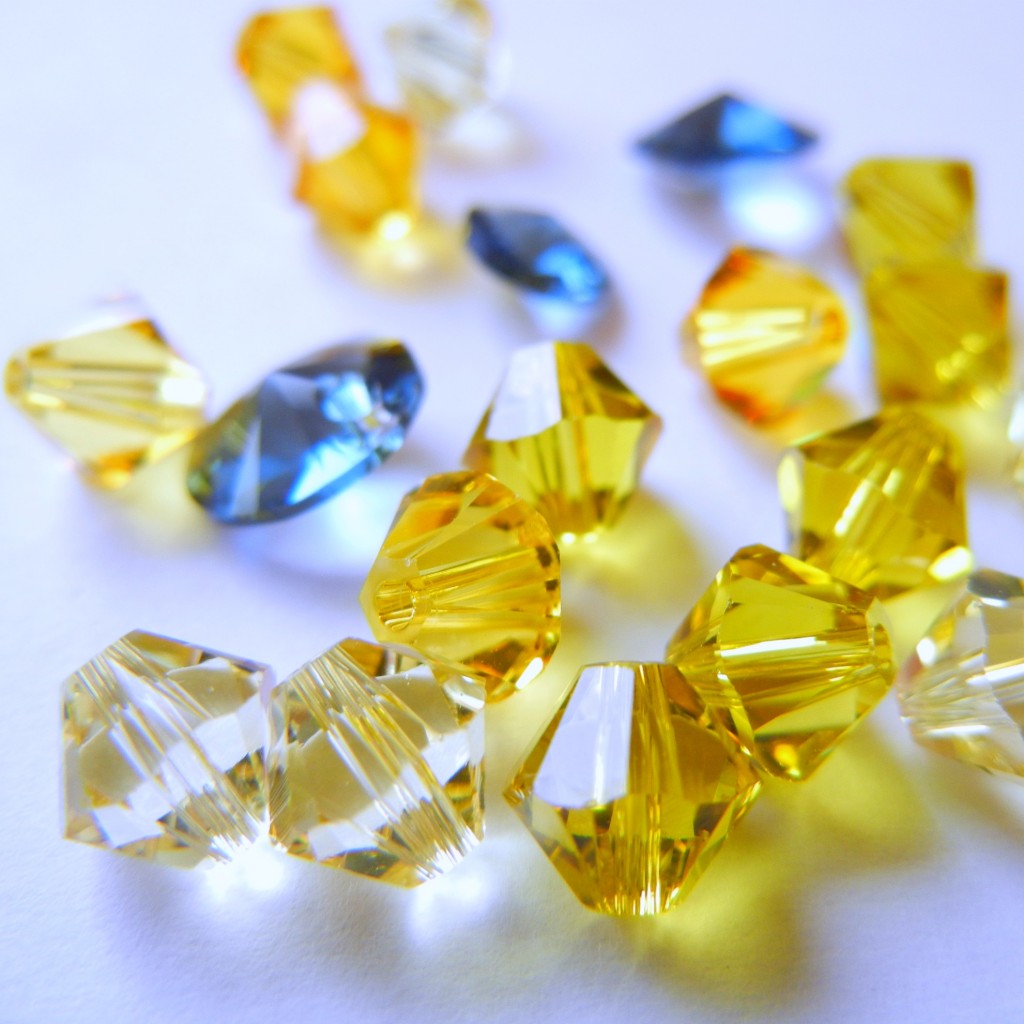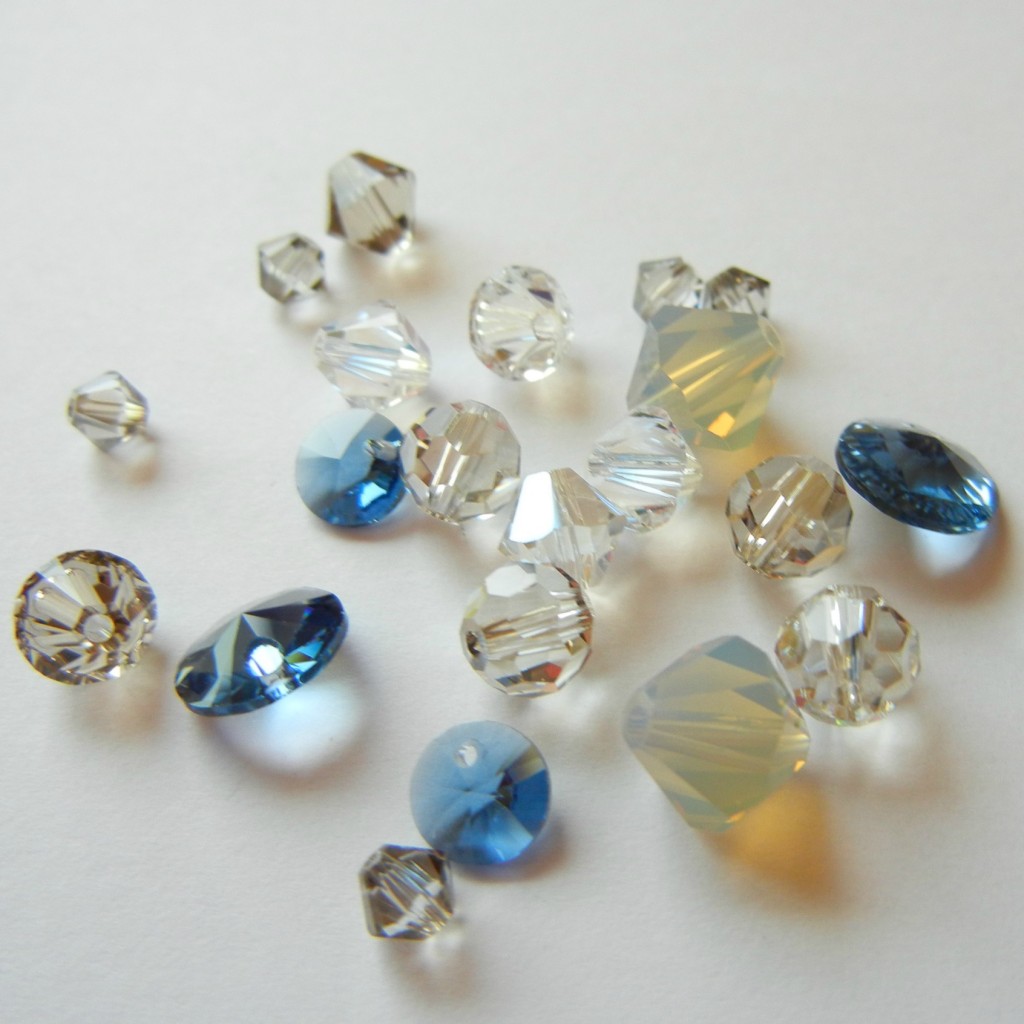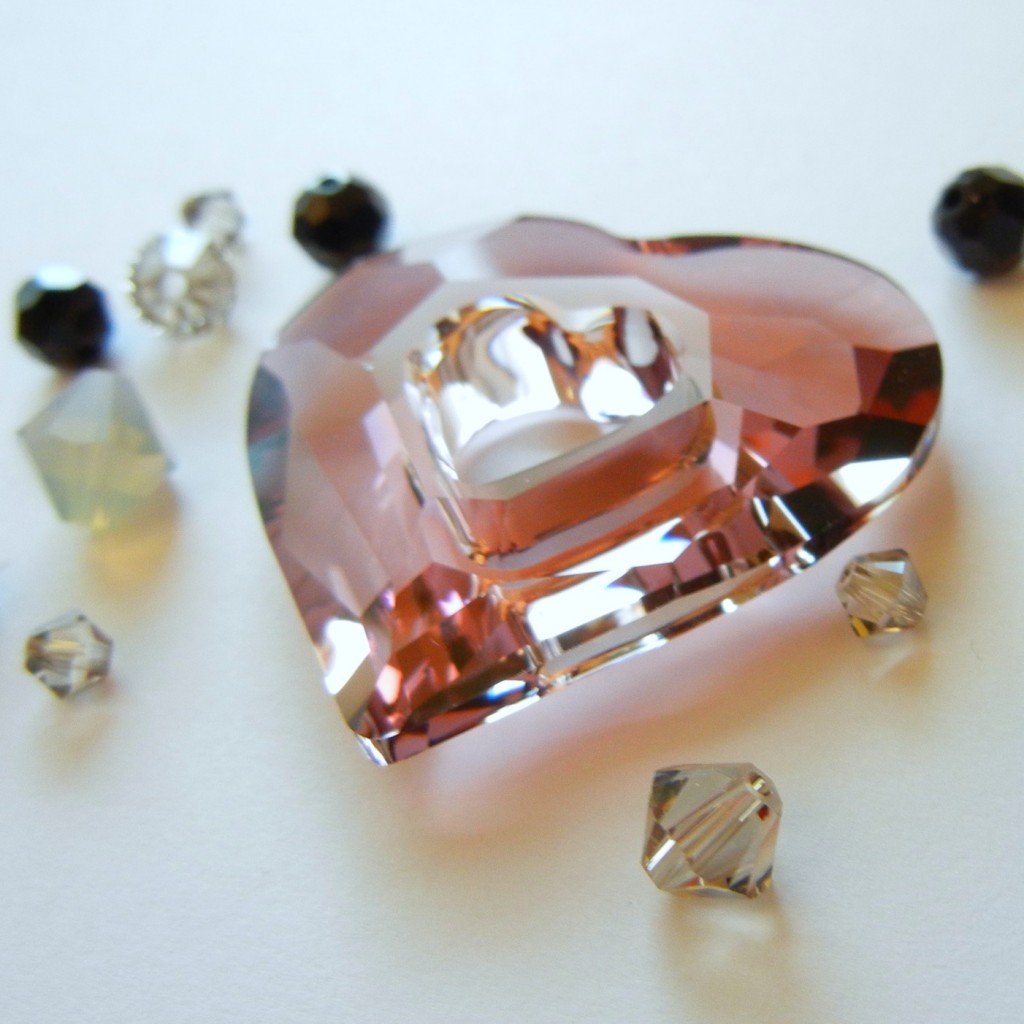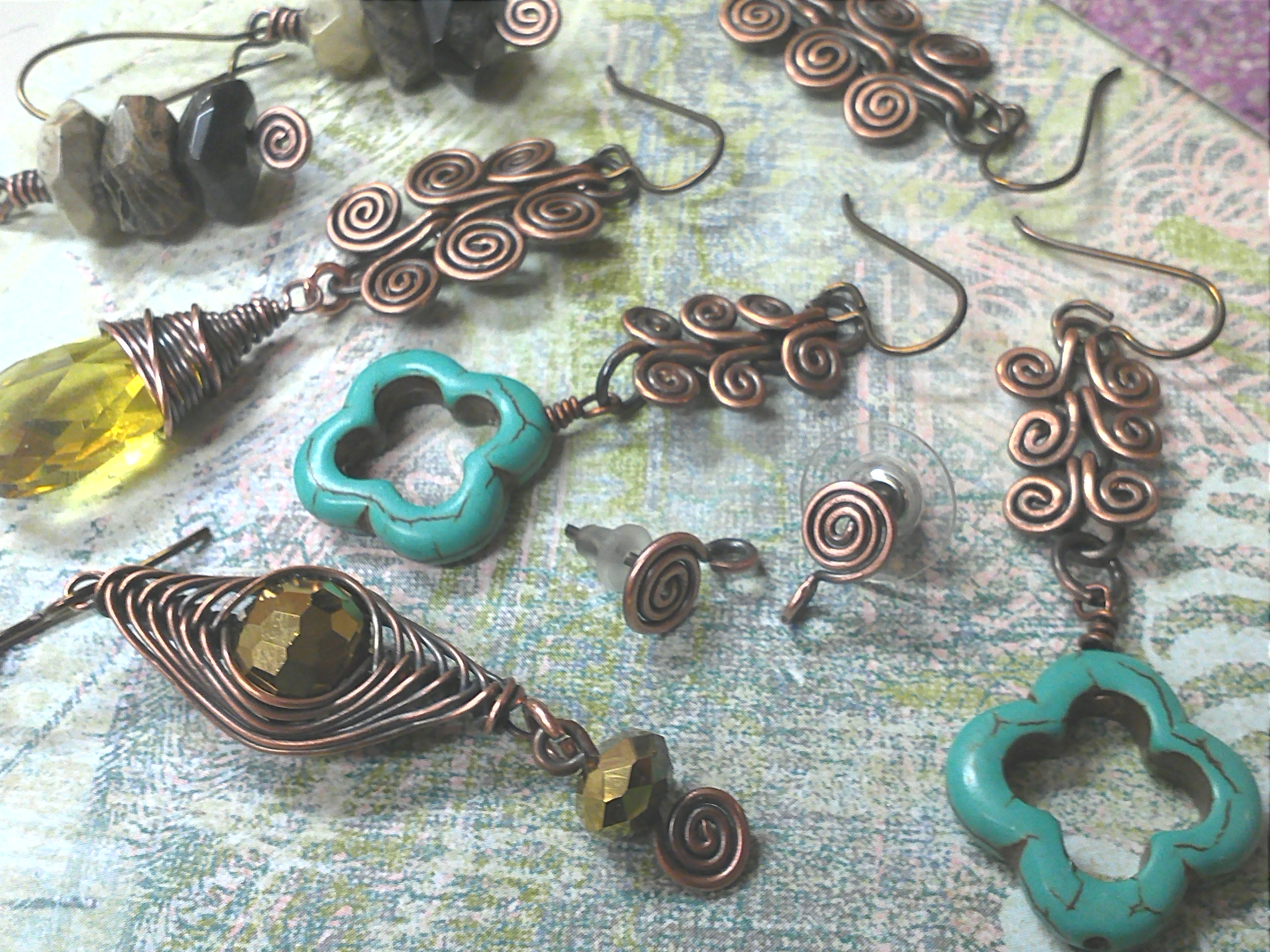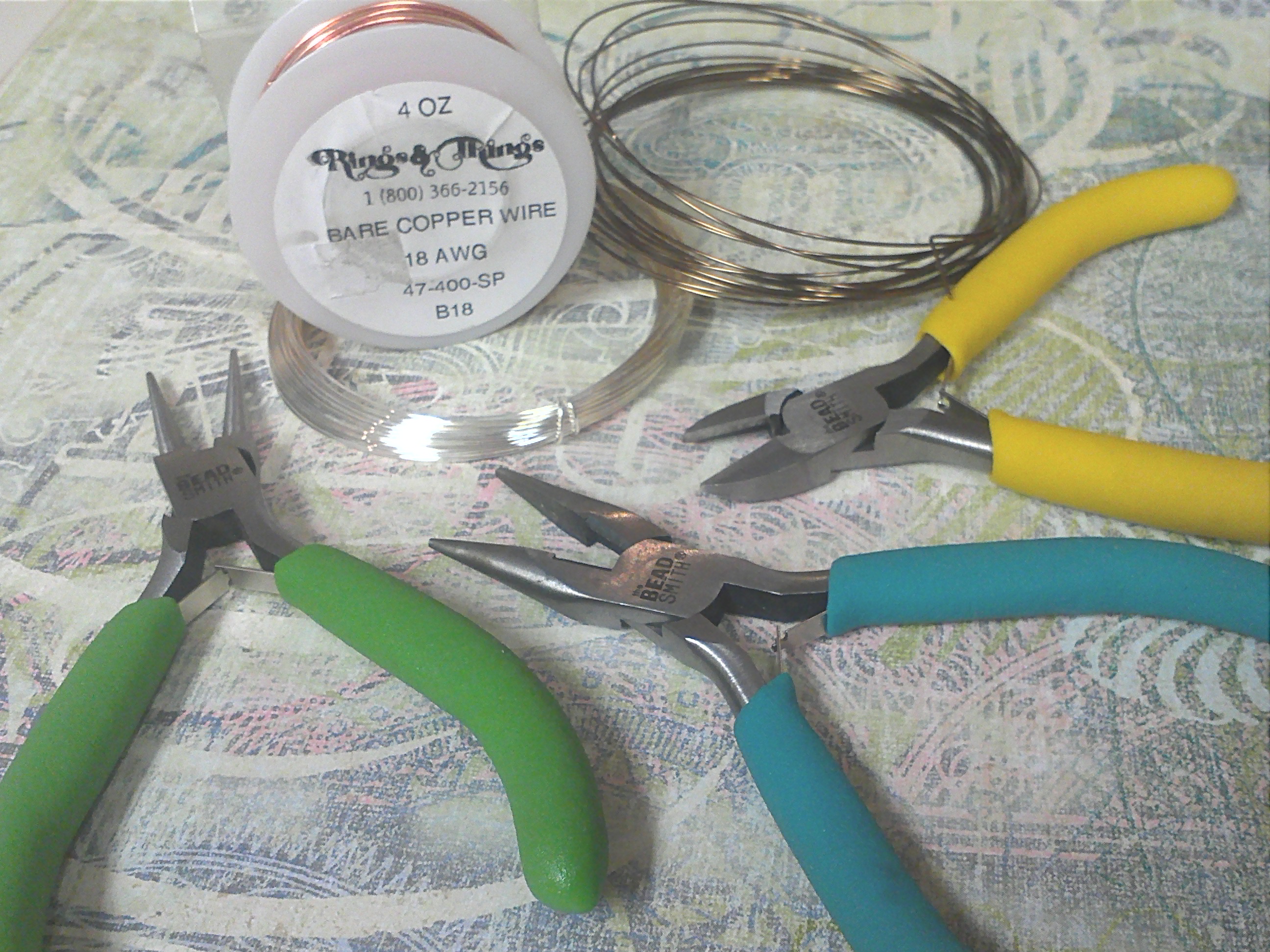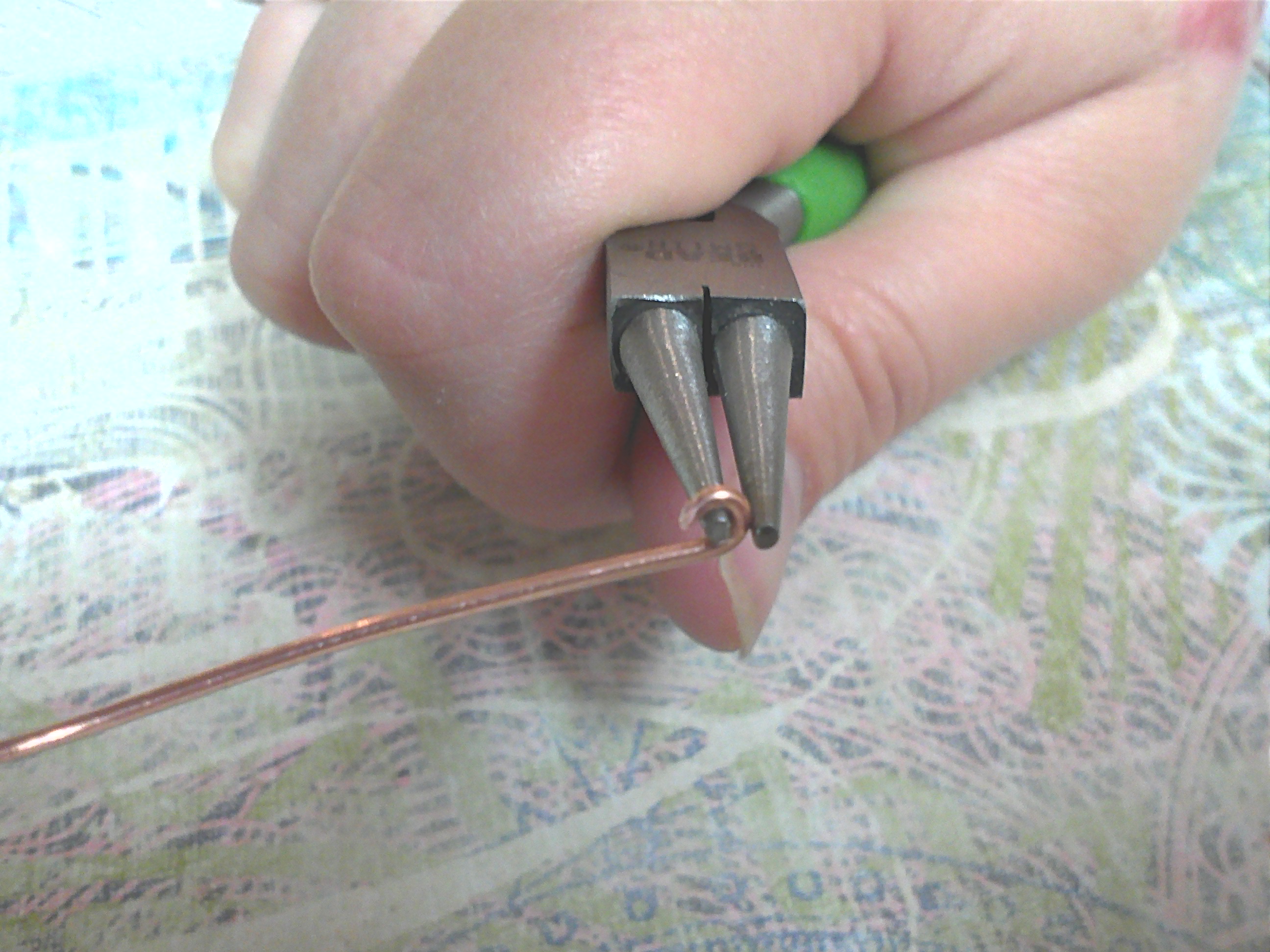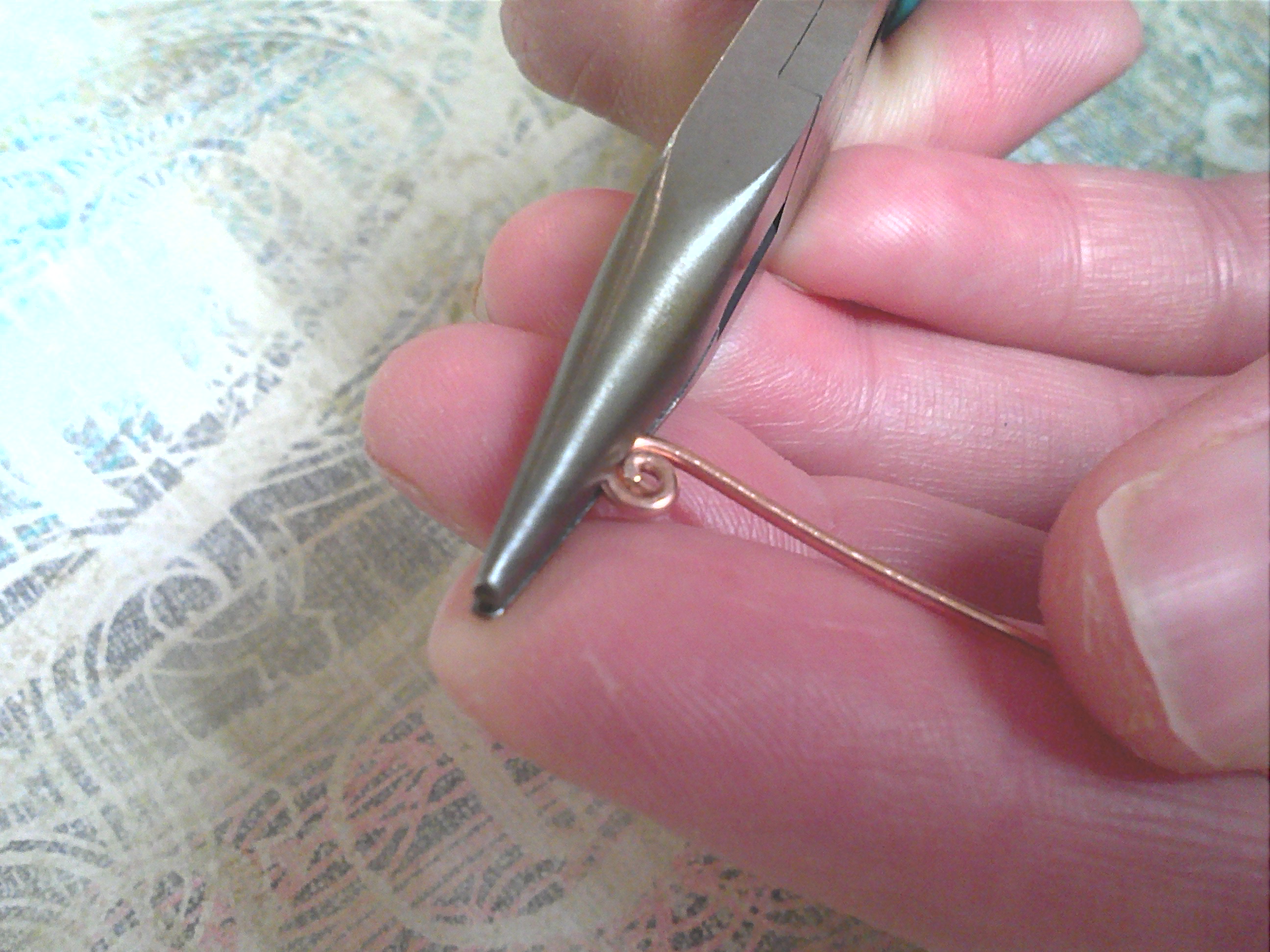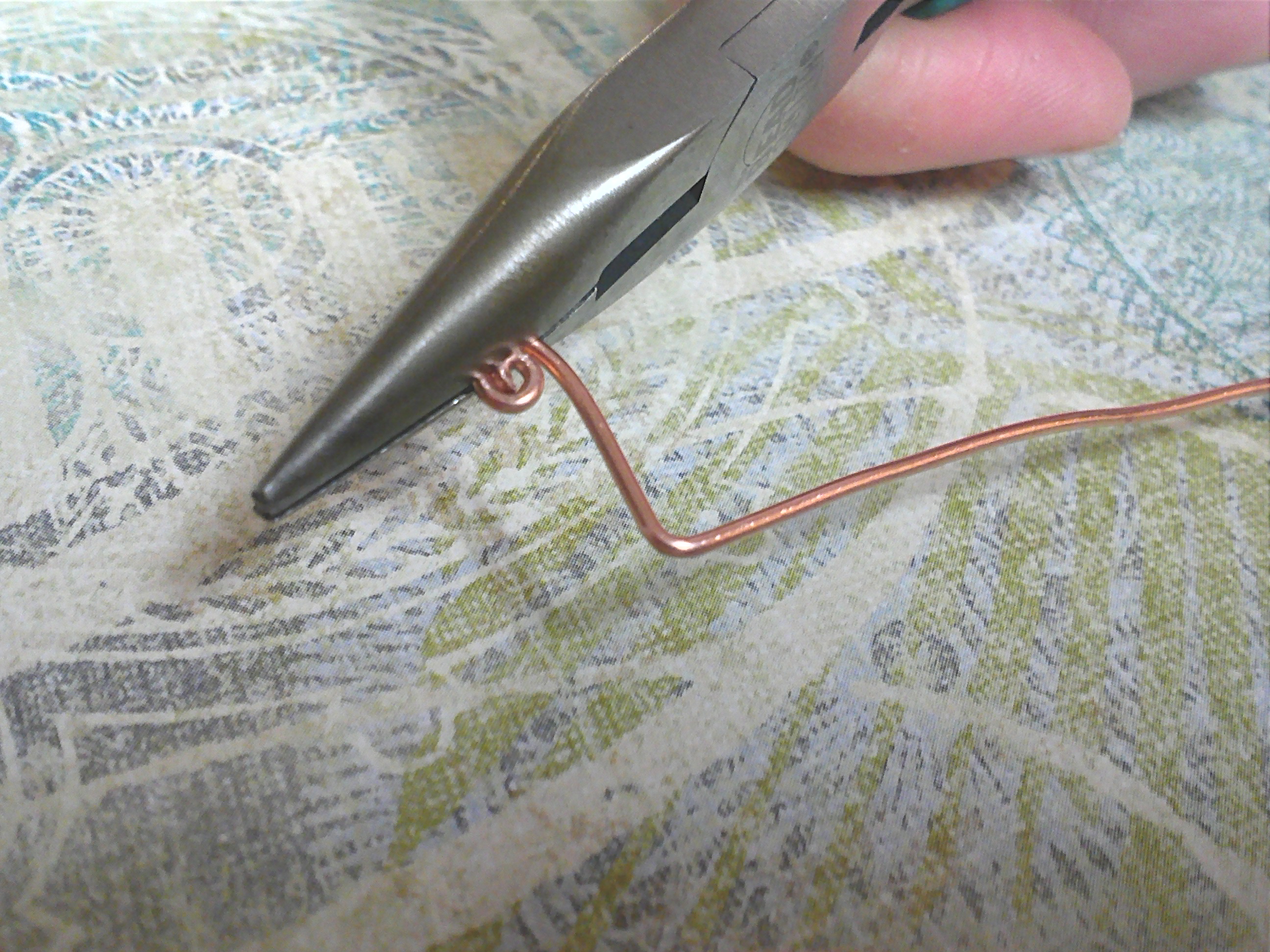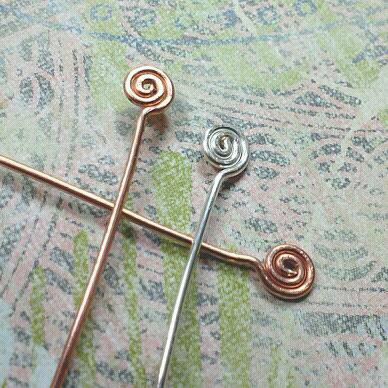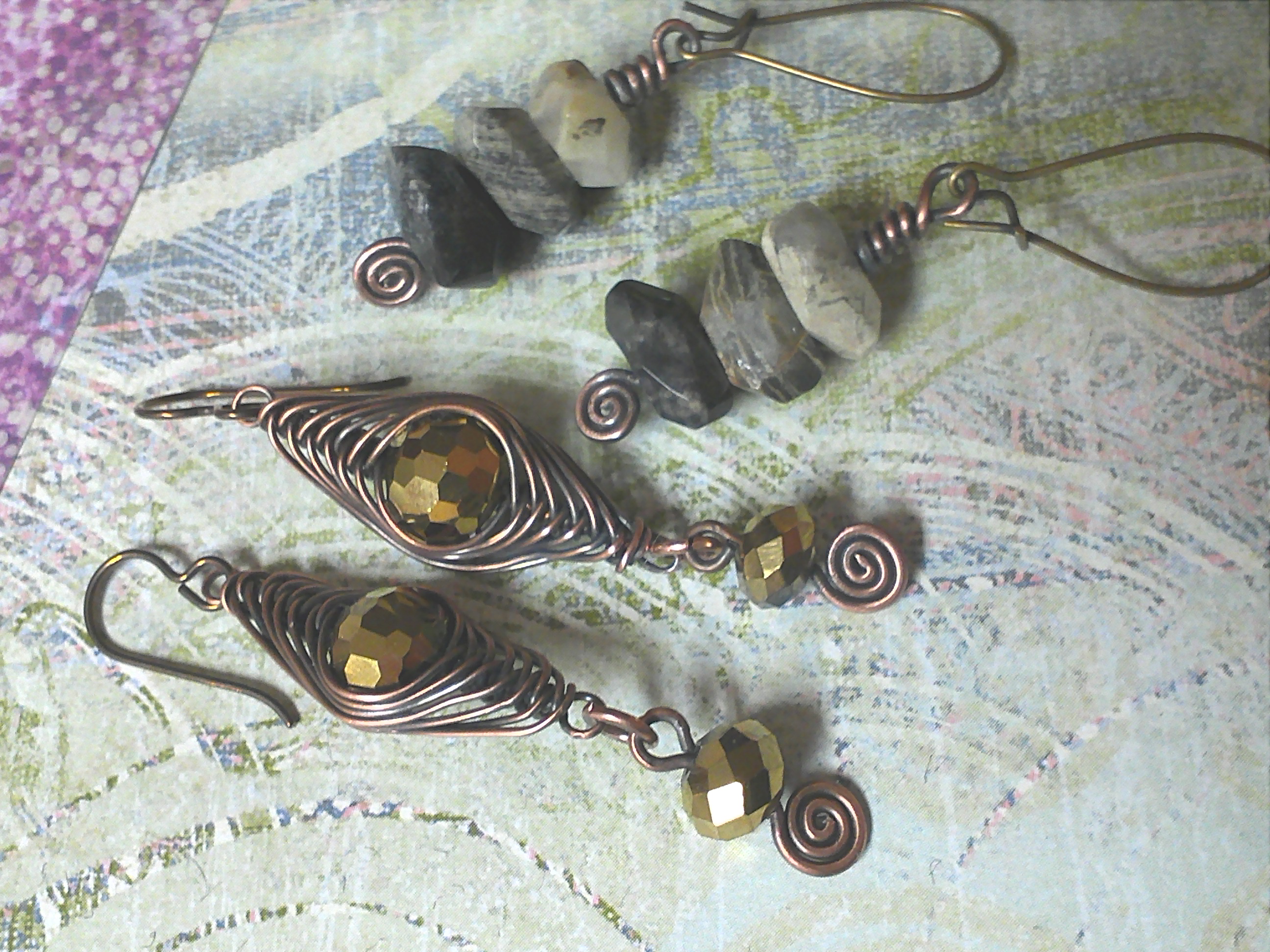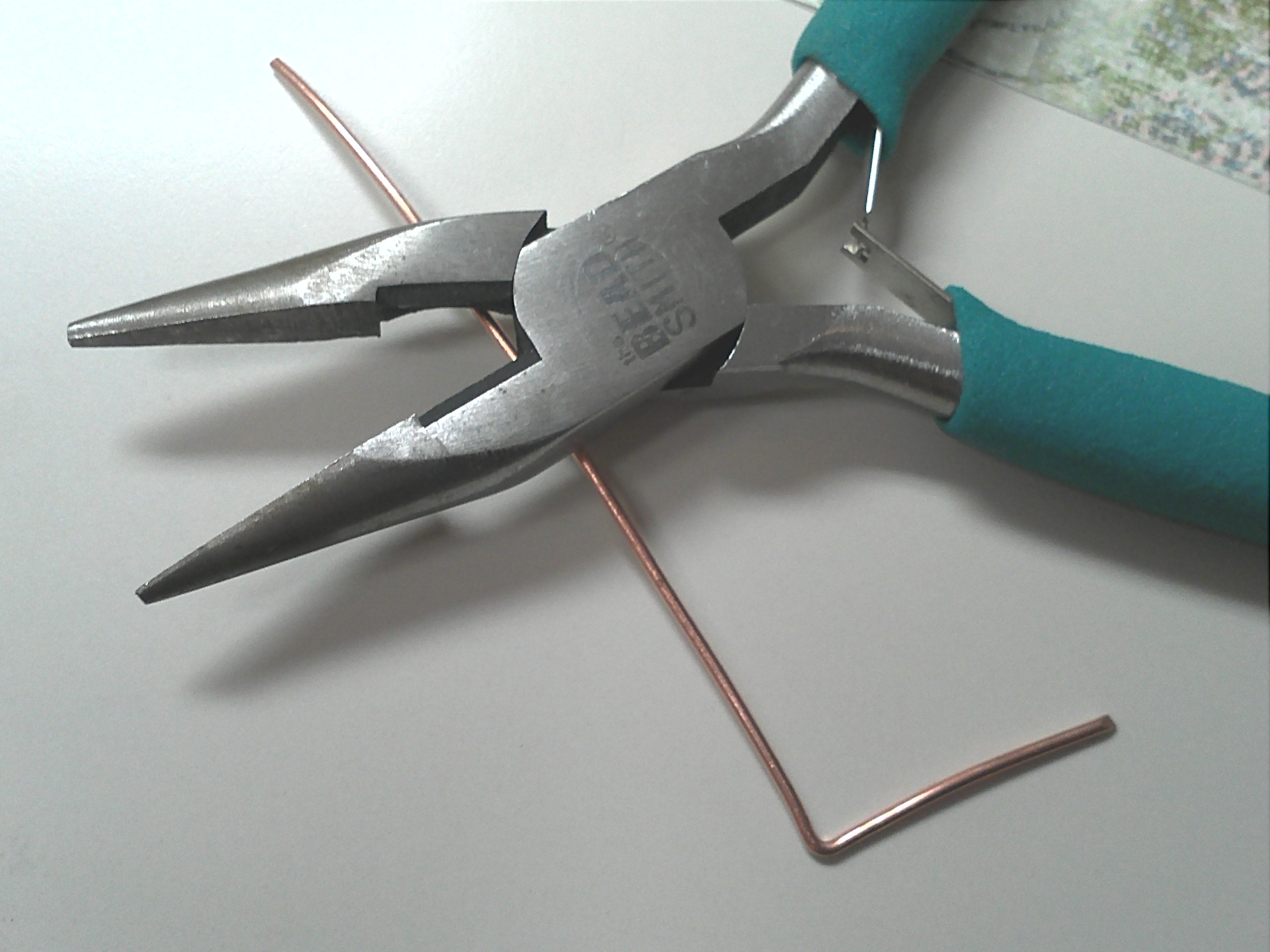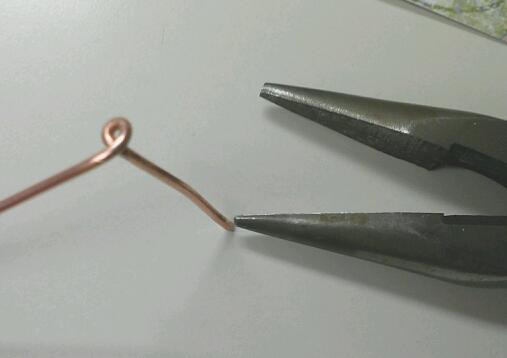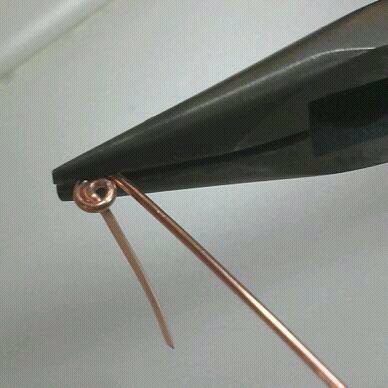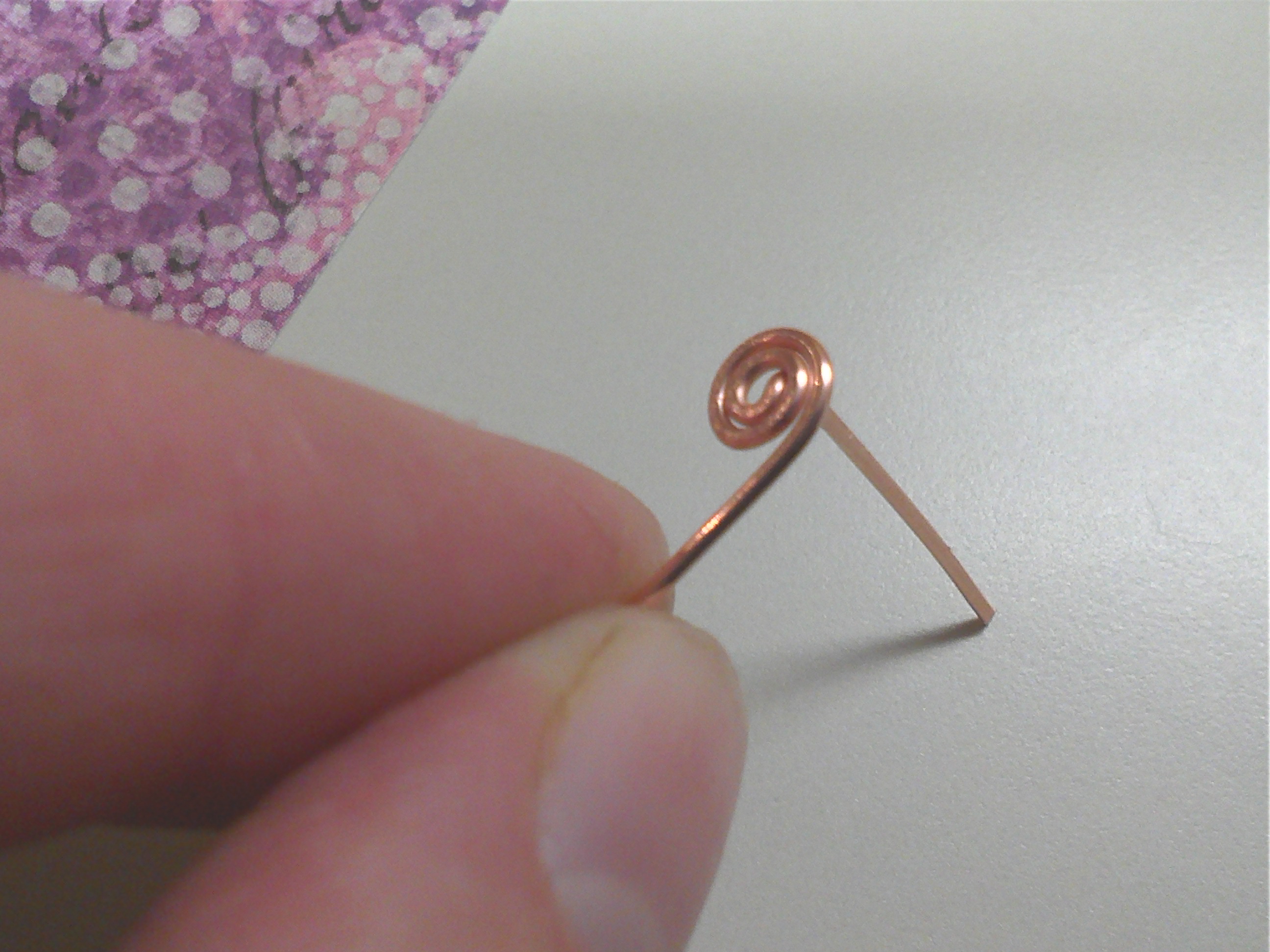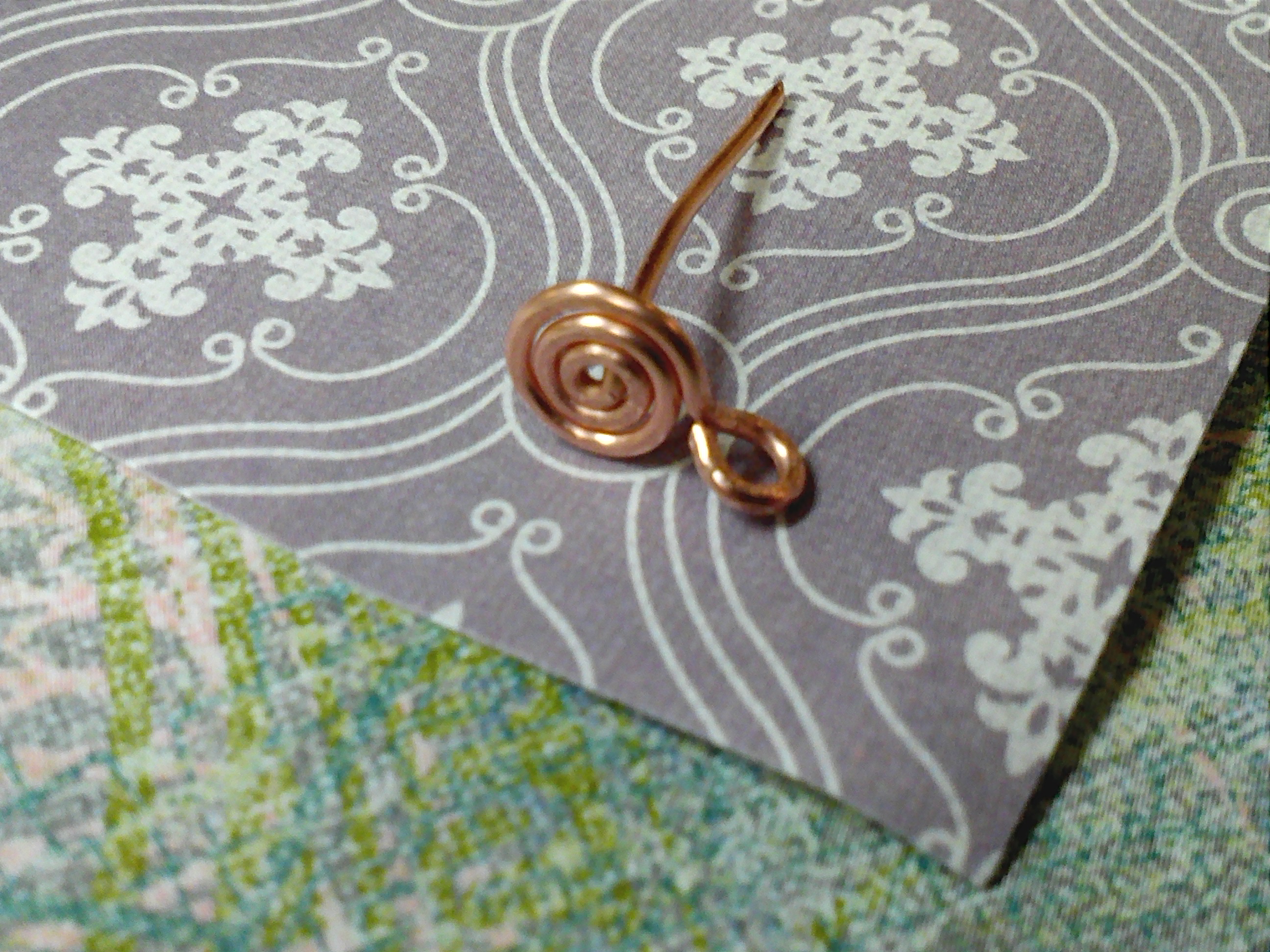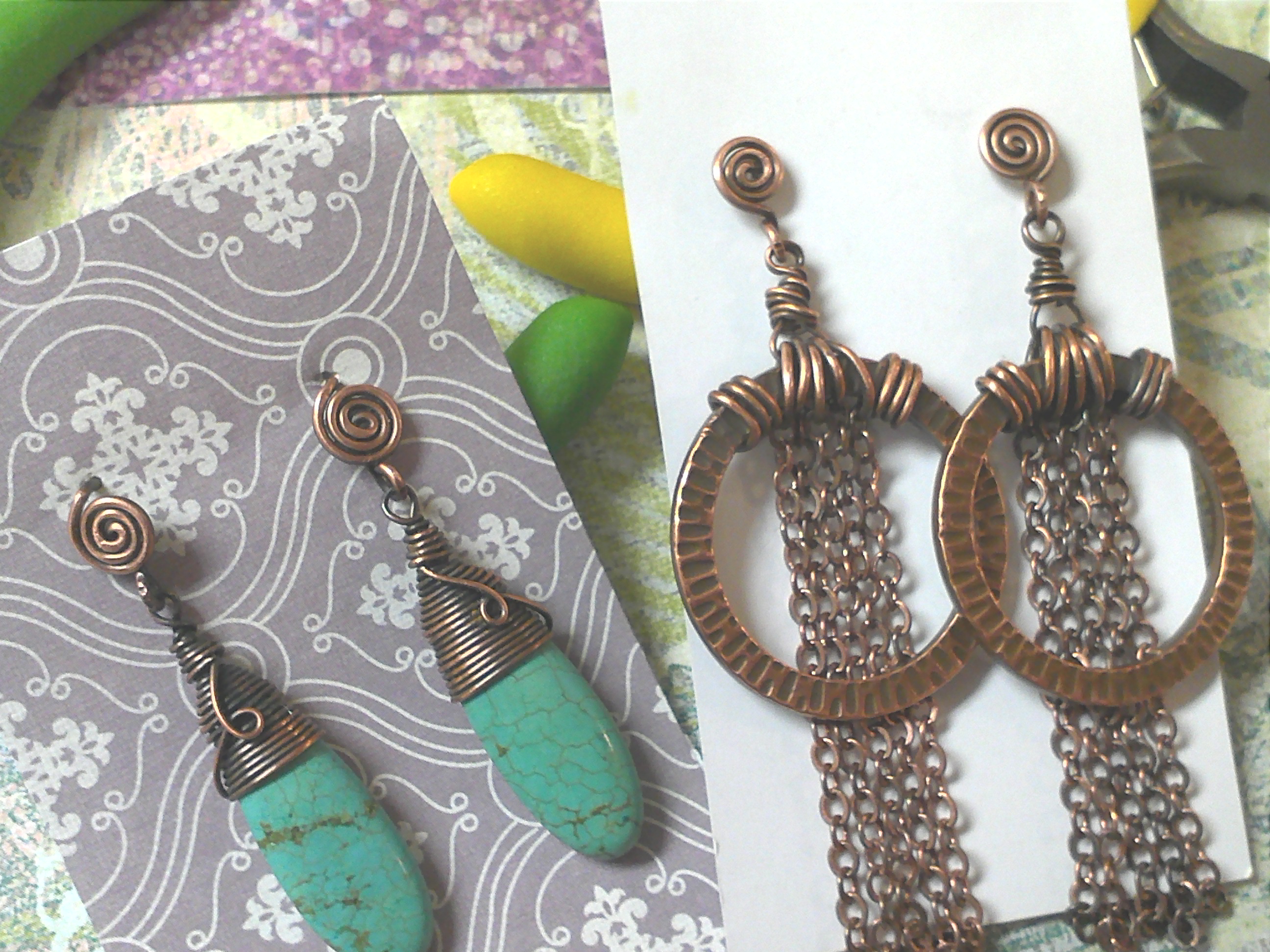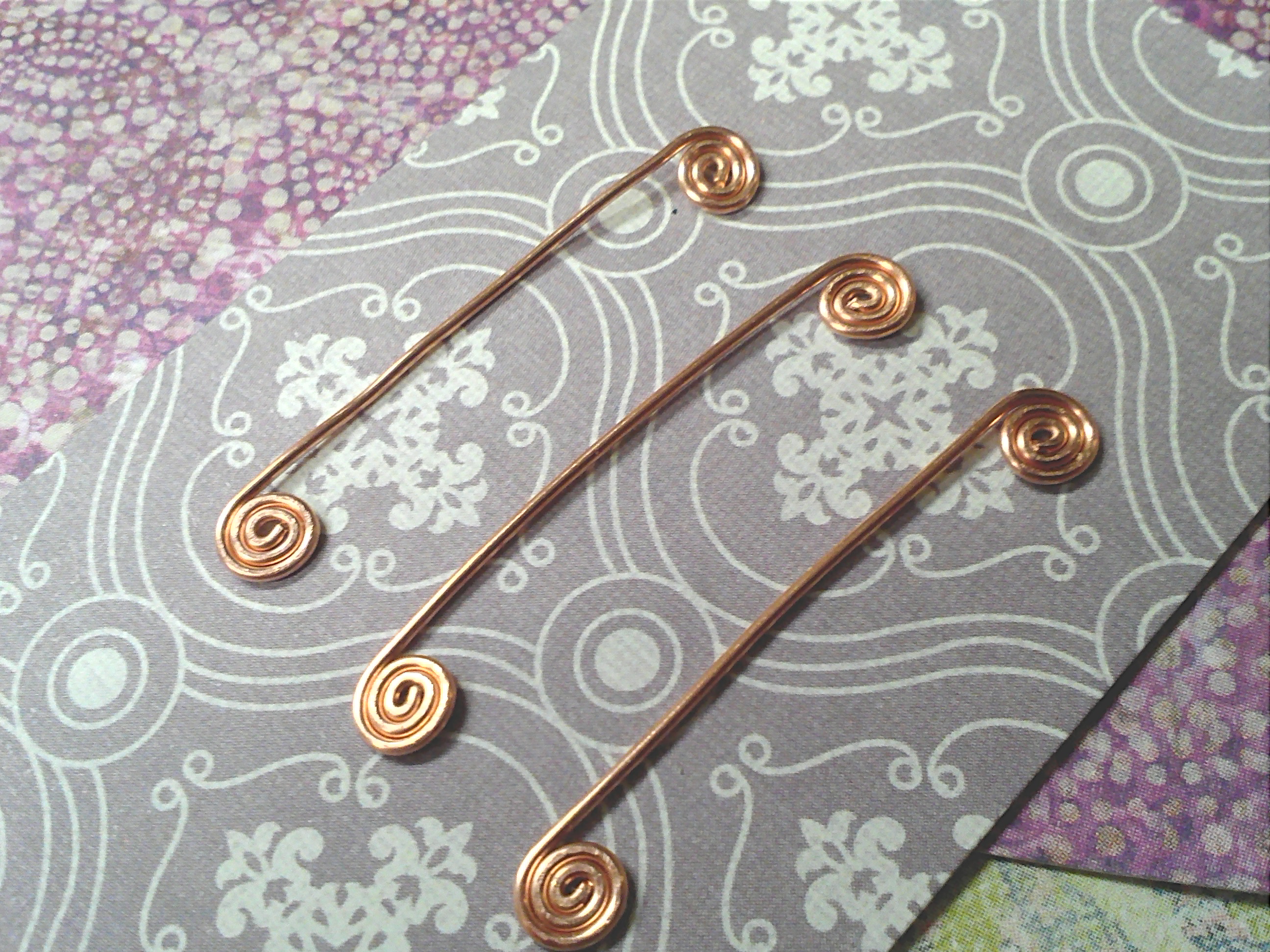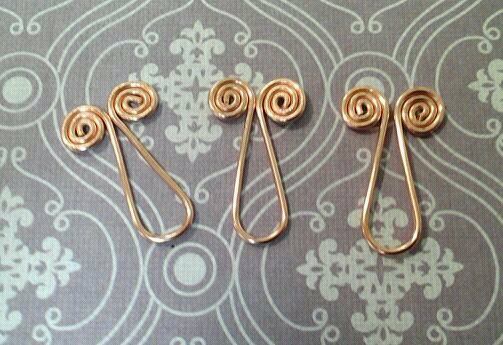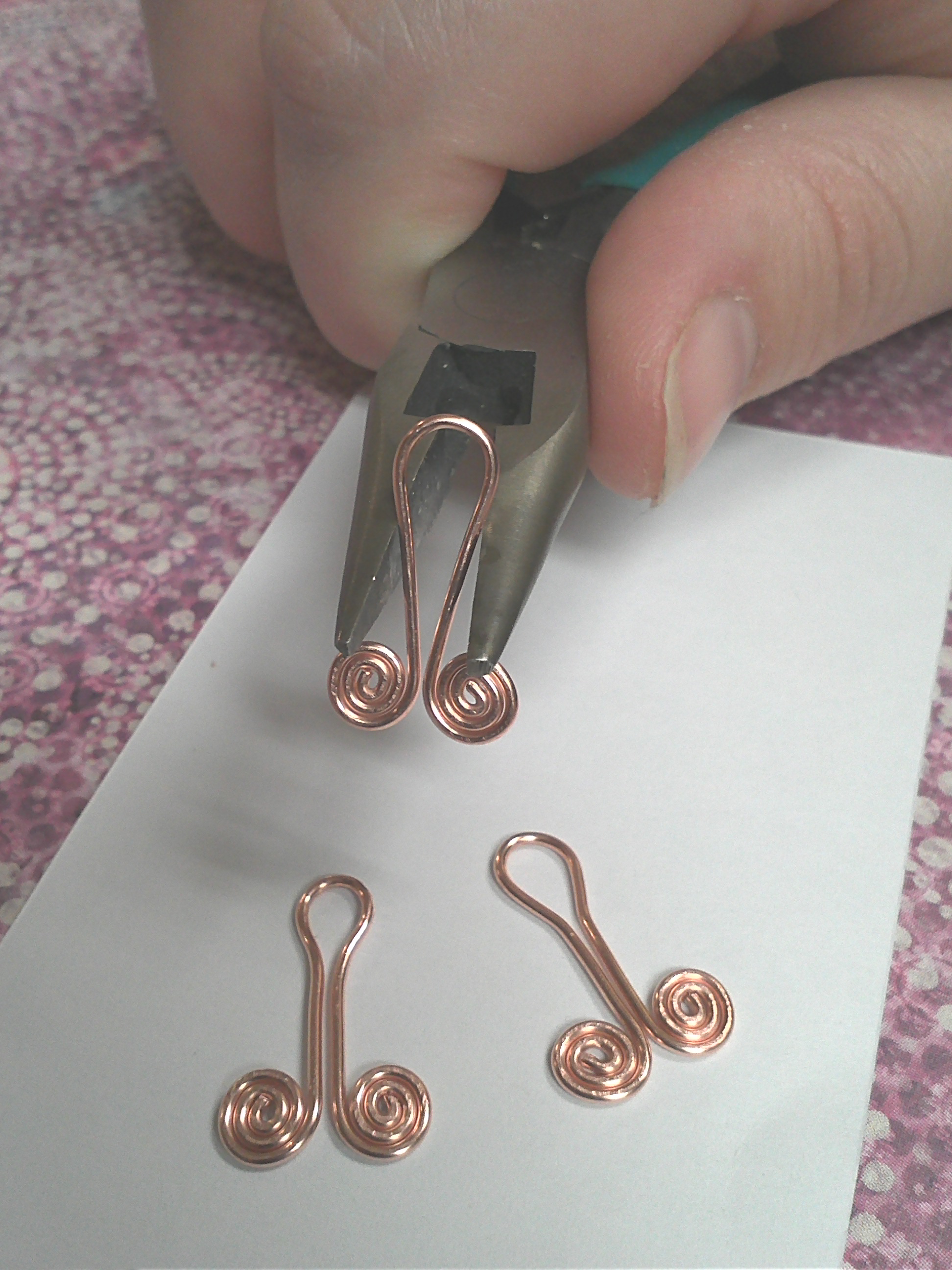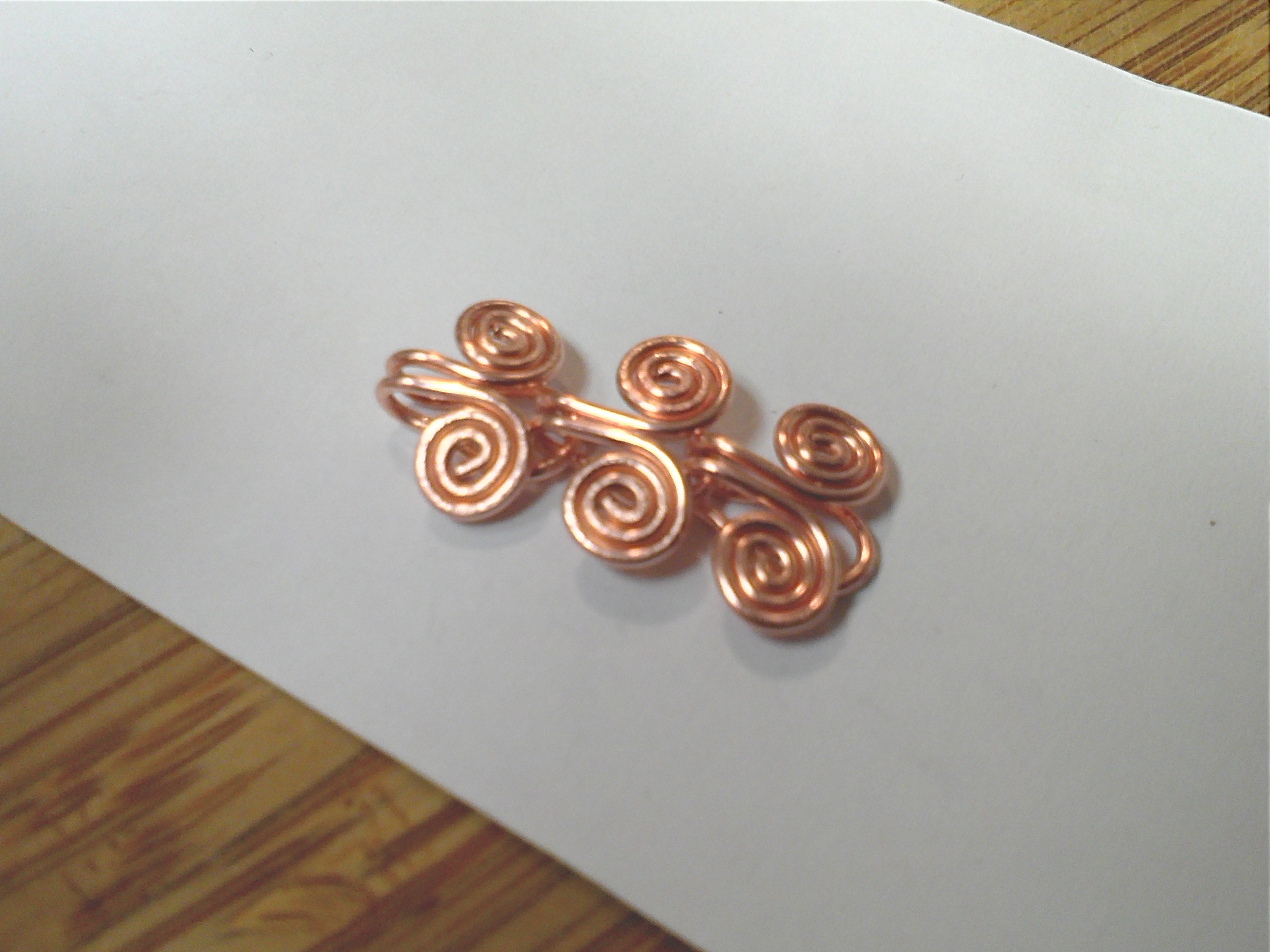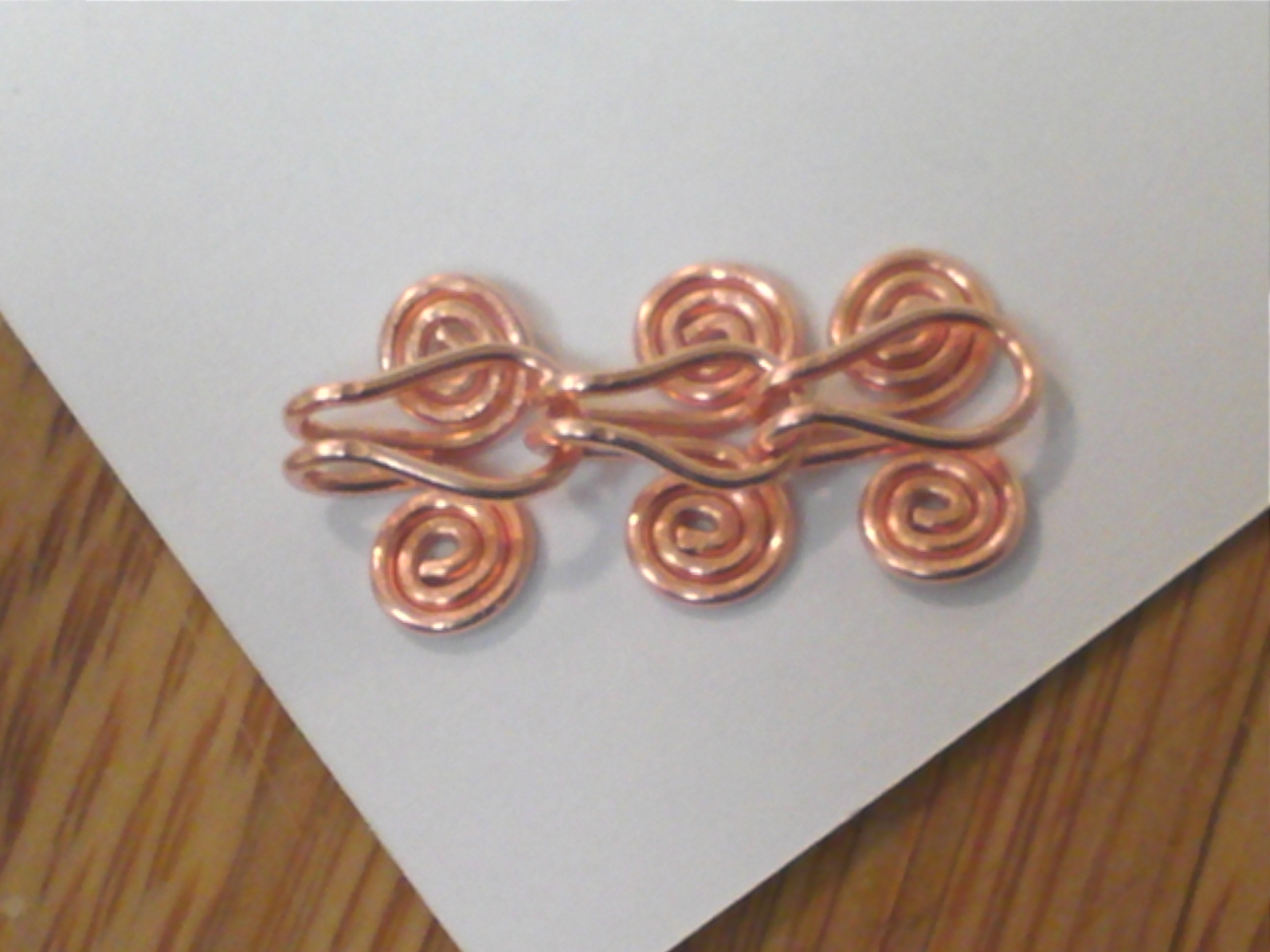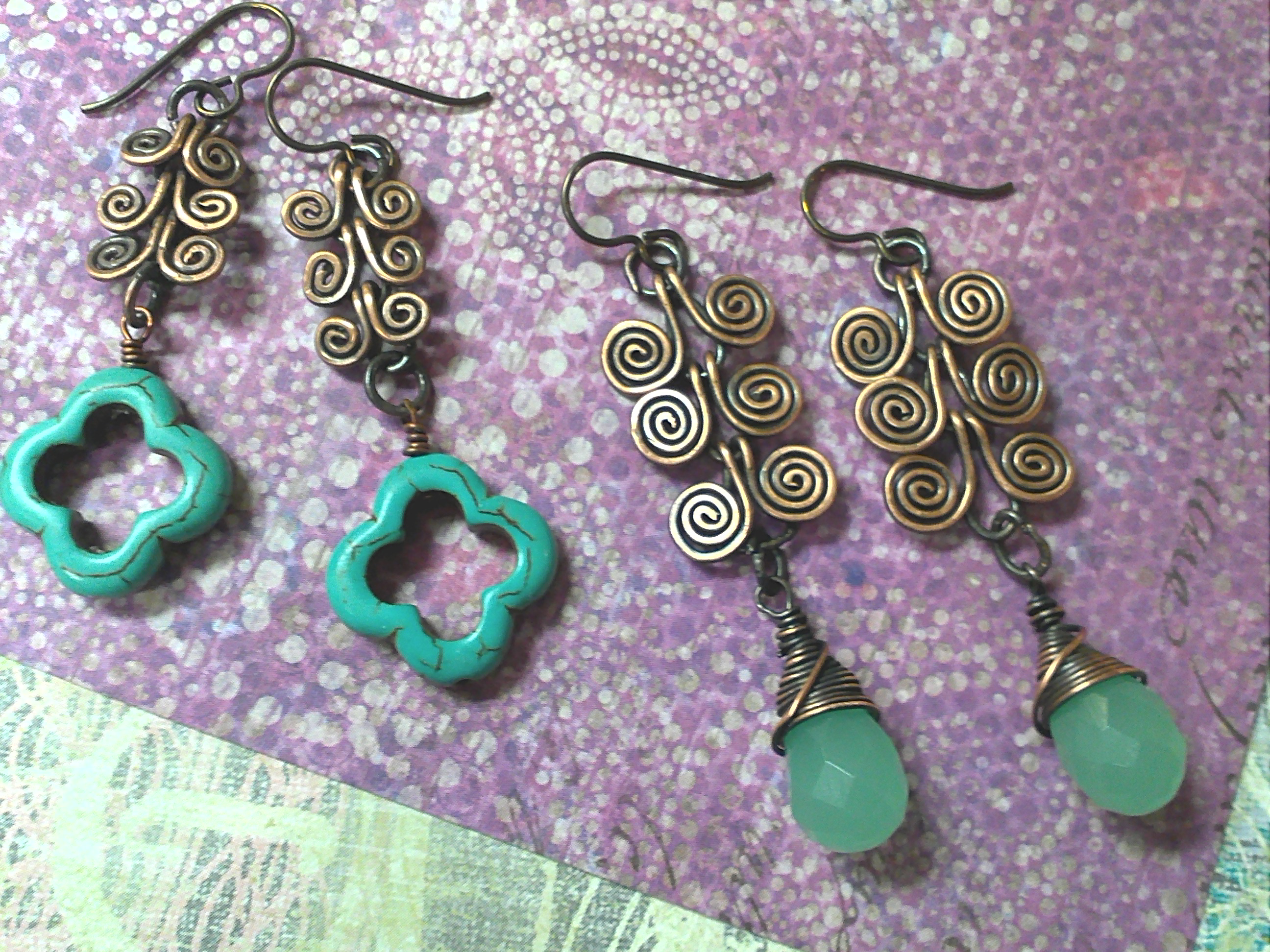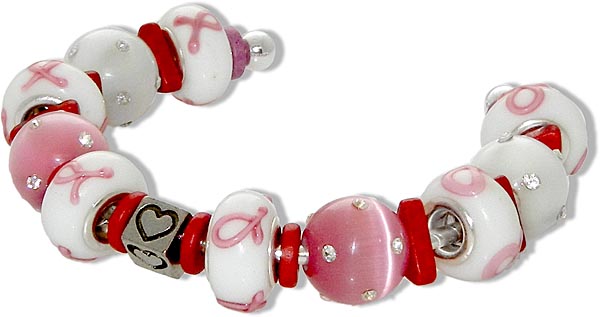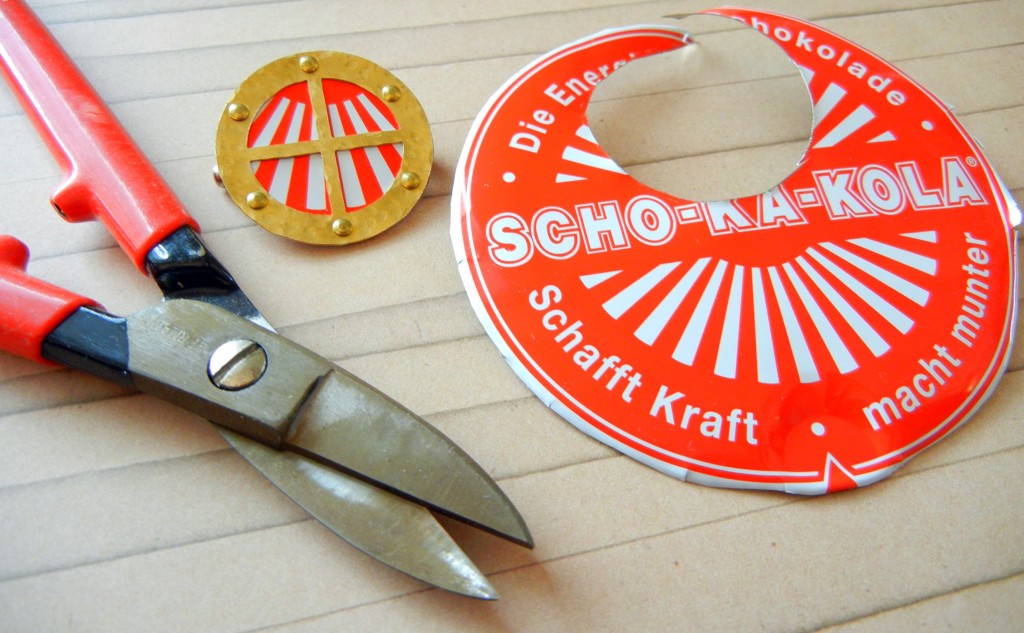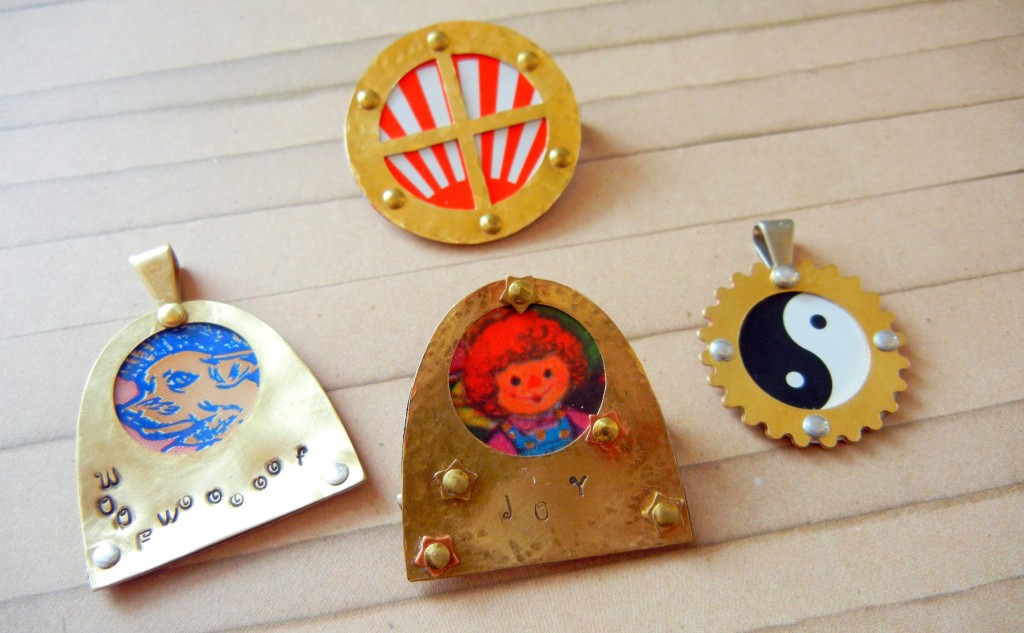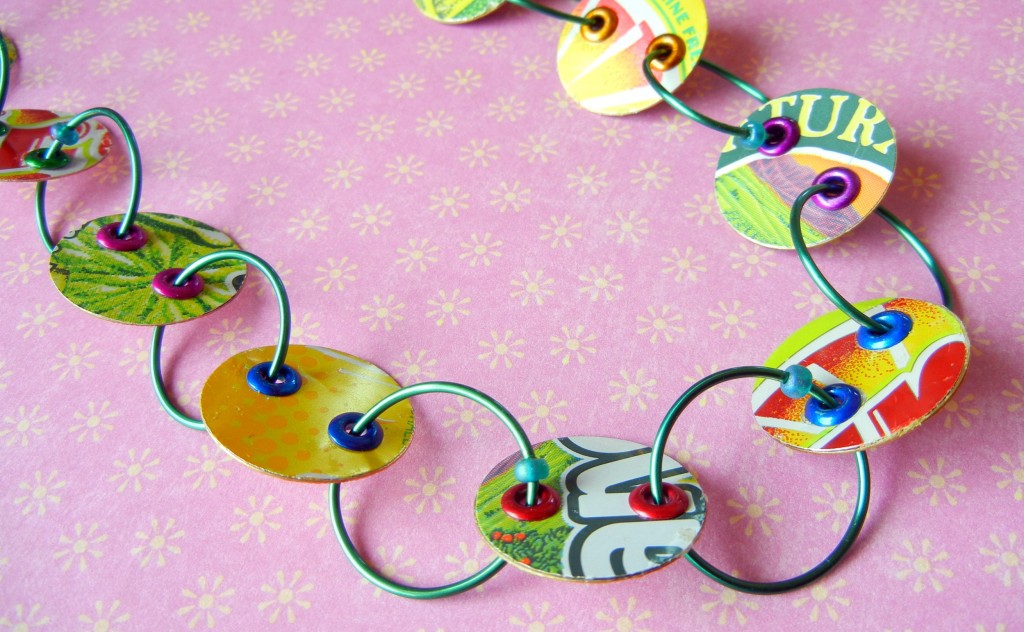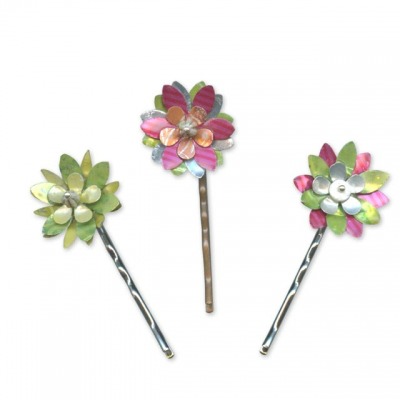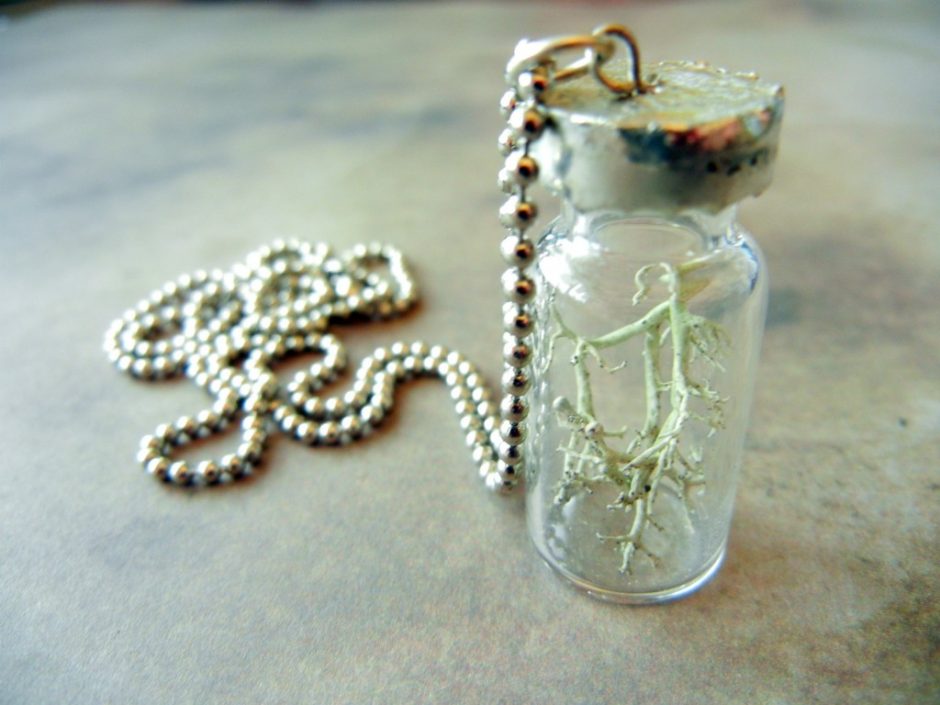We’ve recently changed our jewelry design contest at Rings & Things. Instead of just one big contest, we’re now going to have a series of jewelry design challenges peppered throughout the year. The first of these is our Rock n’ Rollo Design Challenge. The rules are simple: just use any style of our rollo chain and either rainbow amazonite or larvikite gemstone beads in your design! And also – the design doesn’t even have to be jewelry! Any type of art or craft is eligible, so long as it incorporates the challenge supplies.
Oscar Wilde is quoted as saying “A work of art is the unique result of a unique temperament.” Design challenges like this one really highlight this truth. Given the same basic building blocks, it might seem like you’d end up with the same basic designs. Not true! Five of our designers created inspiration pieces that meet the contest guidelines, and all five use chain and gemstone in completely different ways:
 “Wee Bird” riveted metals and rainbow amazonite necklace by Mollie Valente
“Wee Bird” riveted metals and rainbow amazonite necklace by Mollie Valente
A sweet etched copper bird pendant, riveted to brass. Mollie used a mesh choker for the back of the piece. Rollo chain is used as a stylish alternative to jump rings to link the gemstone connectors.
 “Unfurled” copper and rainbow amazonite necklace by Cindy Morris
“Unfurled” copper and rainbow amazonite necklace by Cindy Morris
I created the leafy bead cap with copper clay and strung a river of copper and swirly gemstone oval beads flowing from it. I used chain in the back to keep the necklace from feeling and looking too heavy.
 “Reverse Stack Effect” larvikite necklace by Amy Mickelson
“Reverse Stack Effect” larvikite necklace by Amy Mickelson
Amy combines a lavish and unexpected mix of materials (larvikite, dotted lampwork glass squares, wavy silver-plated disks, chunky rollo chain, hand-dyed silk ribbon) into a colorful statement piece. The full parts list is available in our newly reformatted design gallery. The gallery is now integrated with our online store, so it is much, much easier to find and buy the supplies that catch your eye!
 “Slated for Chain” larvikite and silver-plated chain bracelet by Val Nygaard-Pouzar
“Slated for Chain” larvikite and silver-plated chain bracelet by Val Nygaard-Pouzar
Clean and classic: the shimmery larvikite (or black labradorite, as it is commonly known) gemstone bead anchors this symmetrical design.
 “Eyeball in My Martini” necklace by Polly Nobbs-LaRue
“Eyeball in My Martini” necklace by Polly Nobbs-LaRue
With a “raku” ceramic flying eyeball, C-Koop enameled gear and swirly TierraCast copper links, you might not even notice the rollo chain and single rainbow amazonite bead on this necklace!
No matter what type of jewelry you design, I hope you will stretch your imagination and enter the 2011 Rock n’ Rollo jewelry design contest! With hundreds of dollars in gift certificates (and the possibility of free advertising for your work!) as prizes, and nothing but a emailed photo required to enter, why wouldn’t you rock out a stunning rollo chain design? Be sure to check out the contest page for all the details! ~ Cindy

